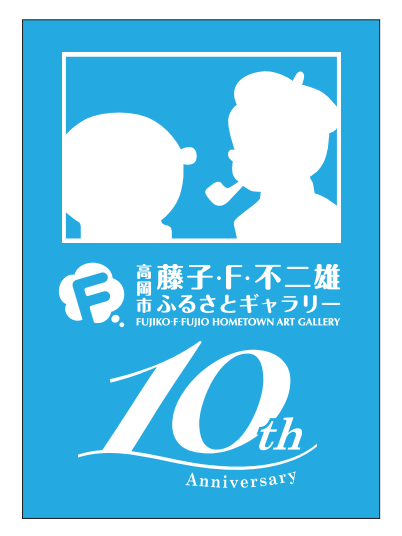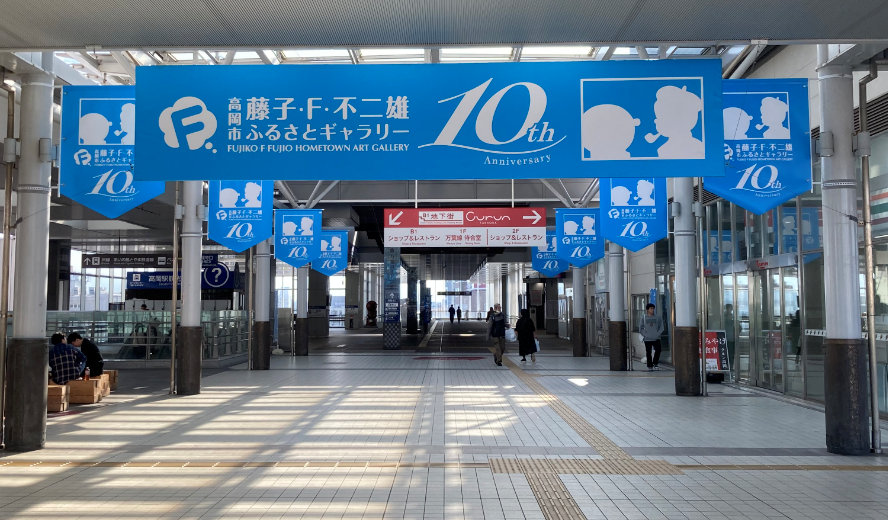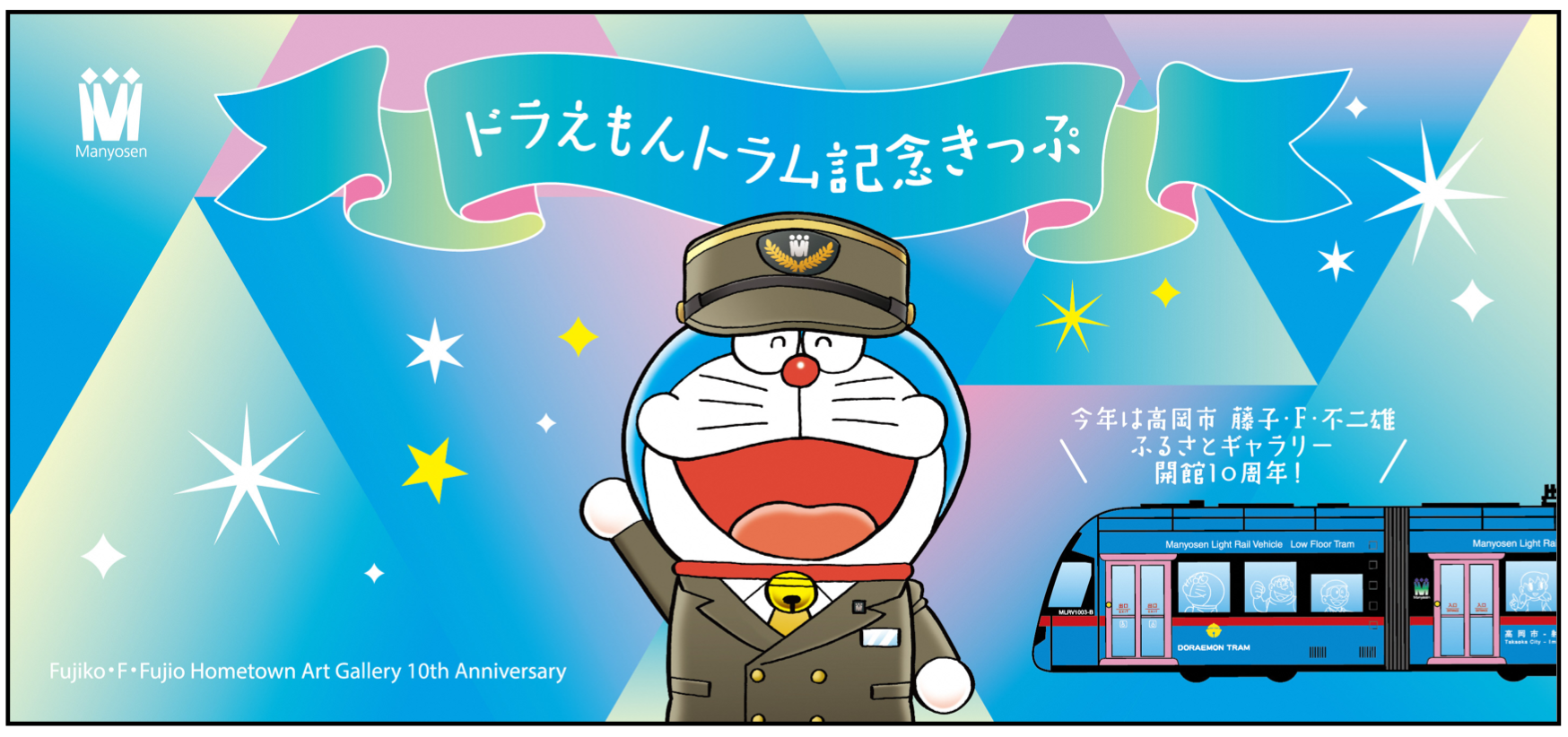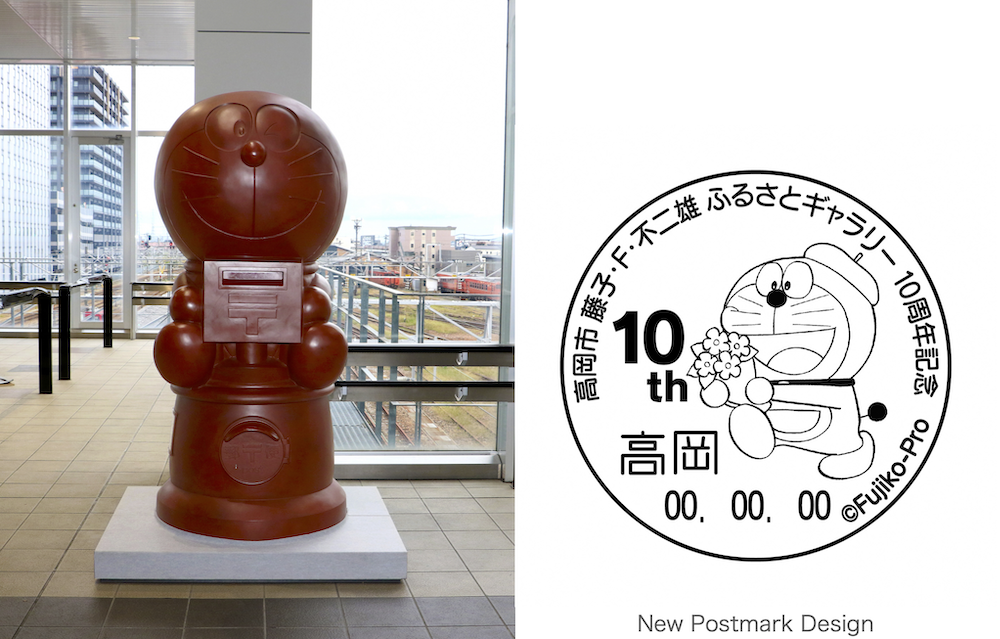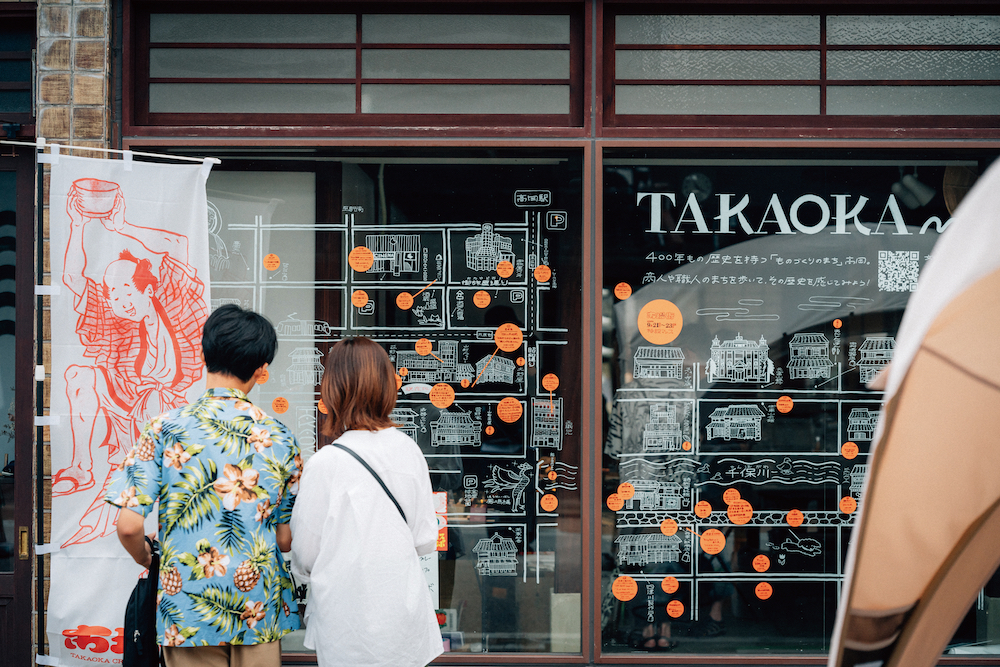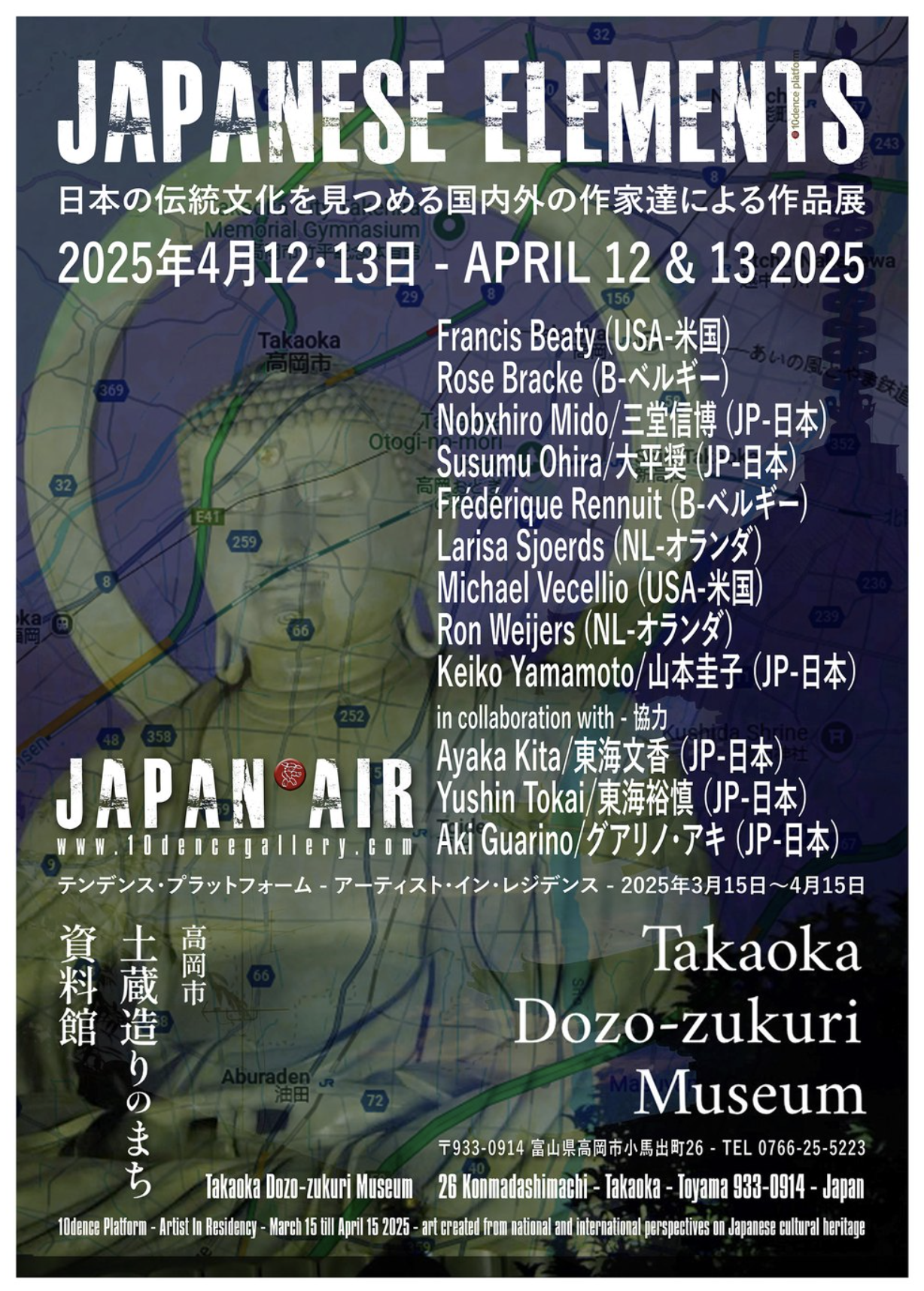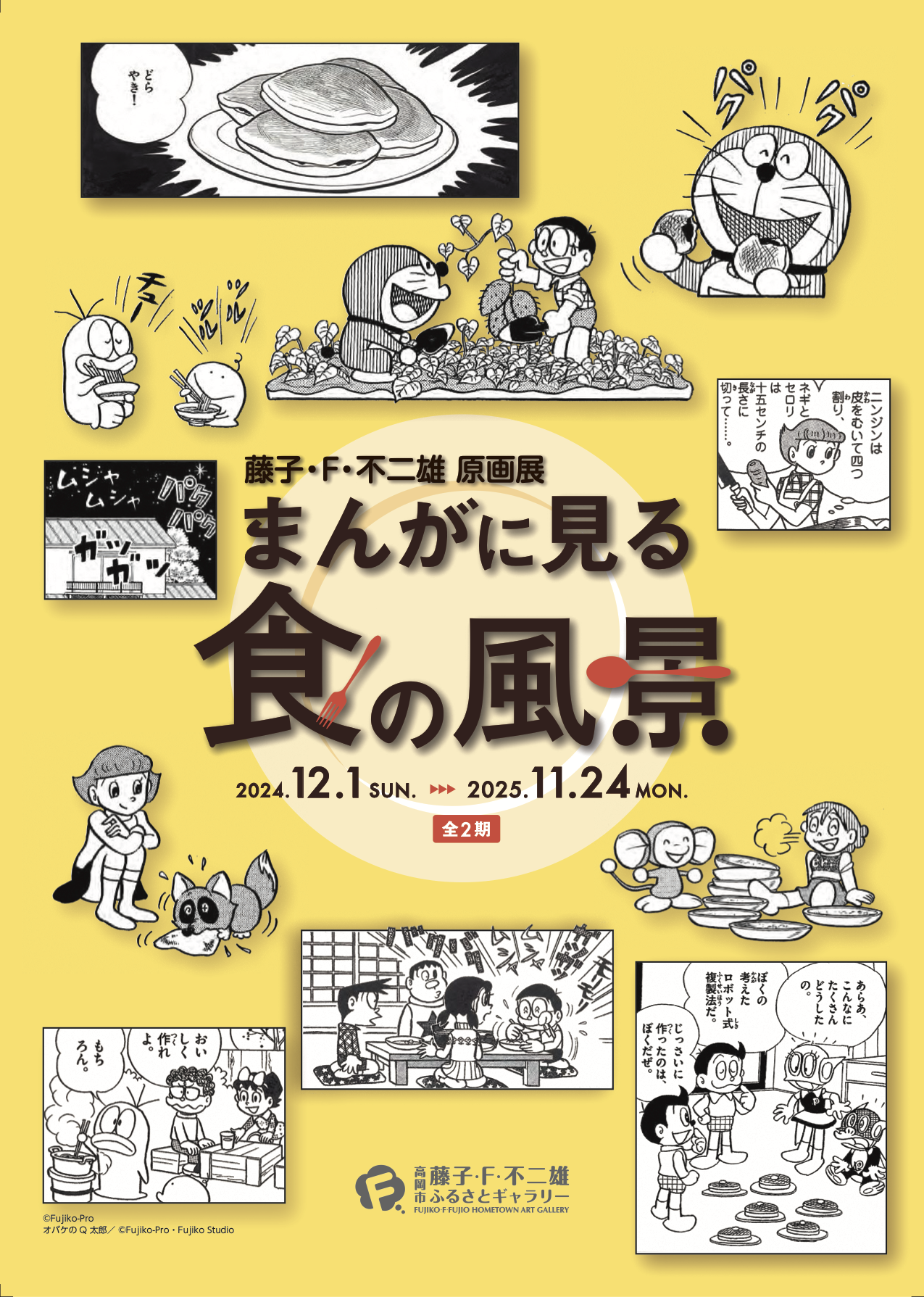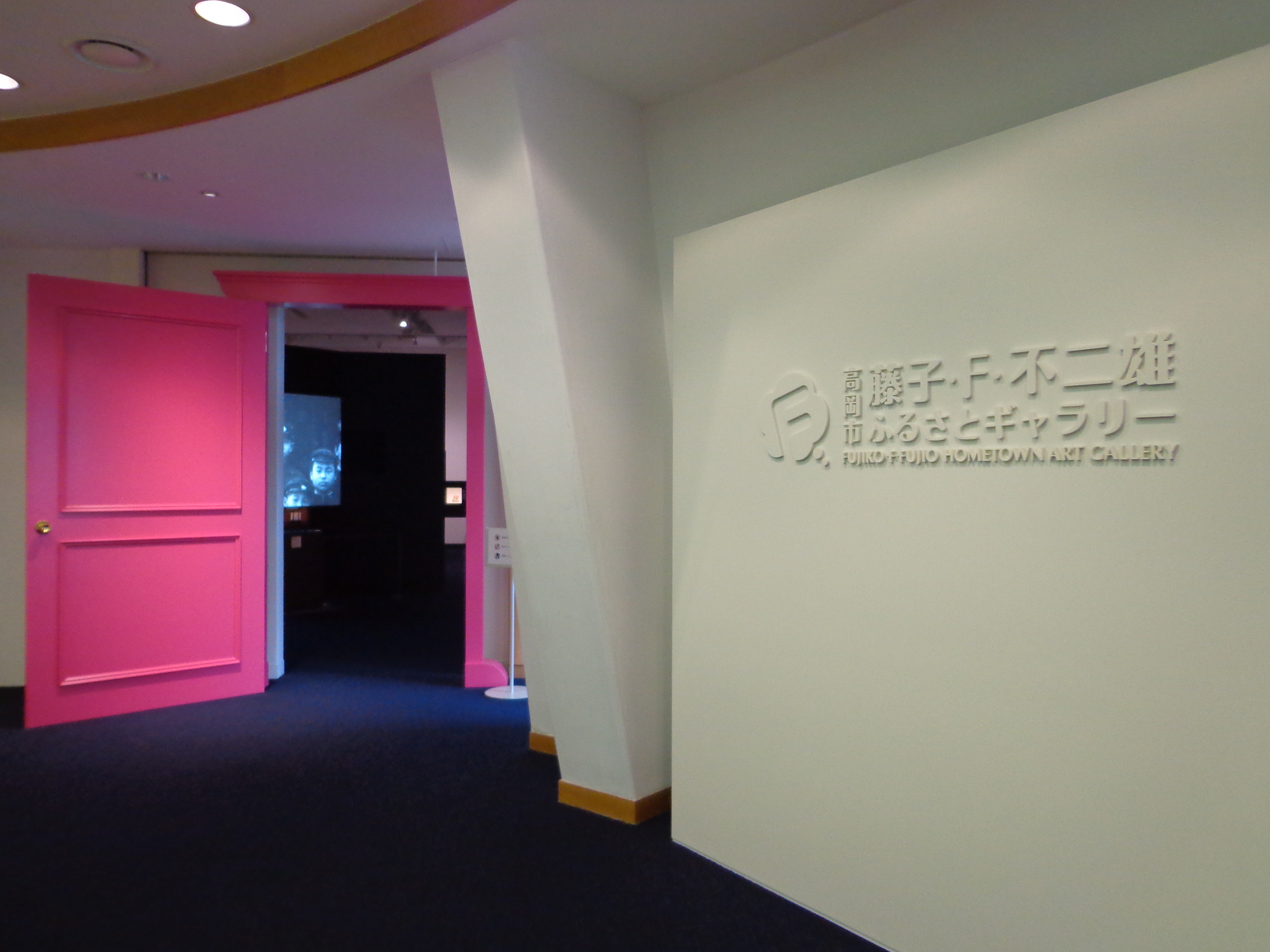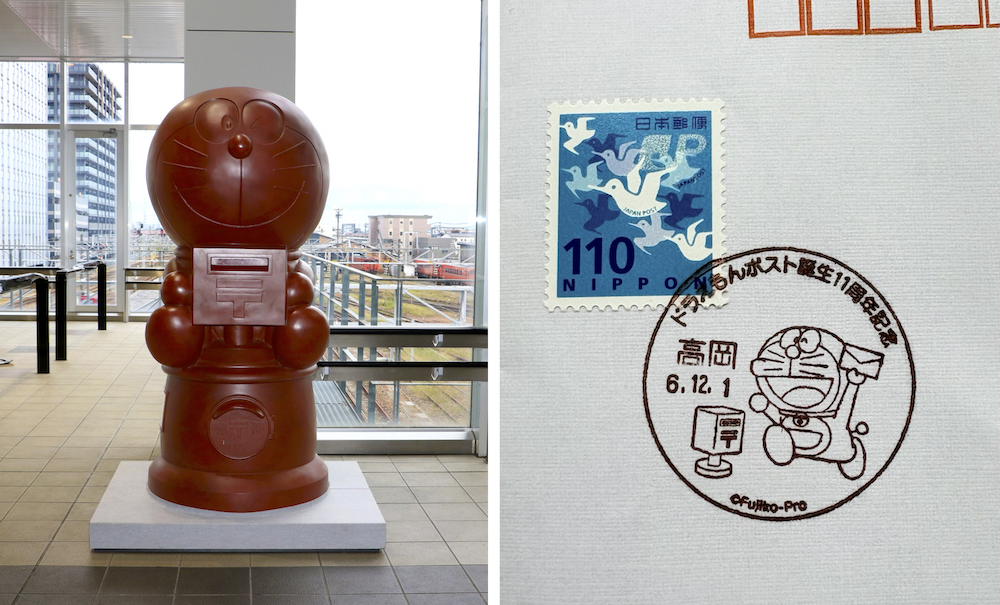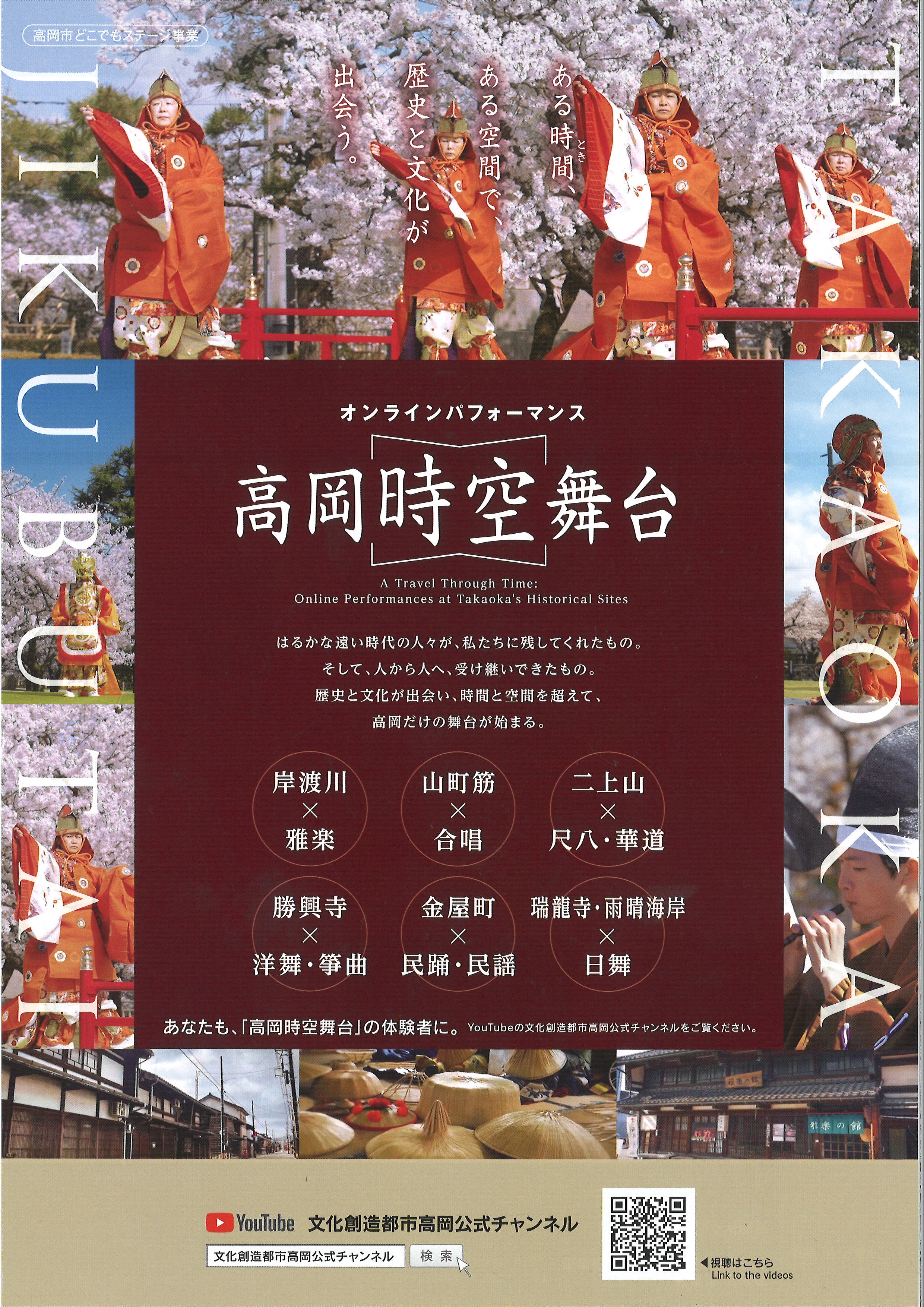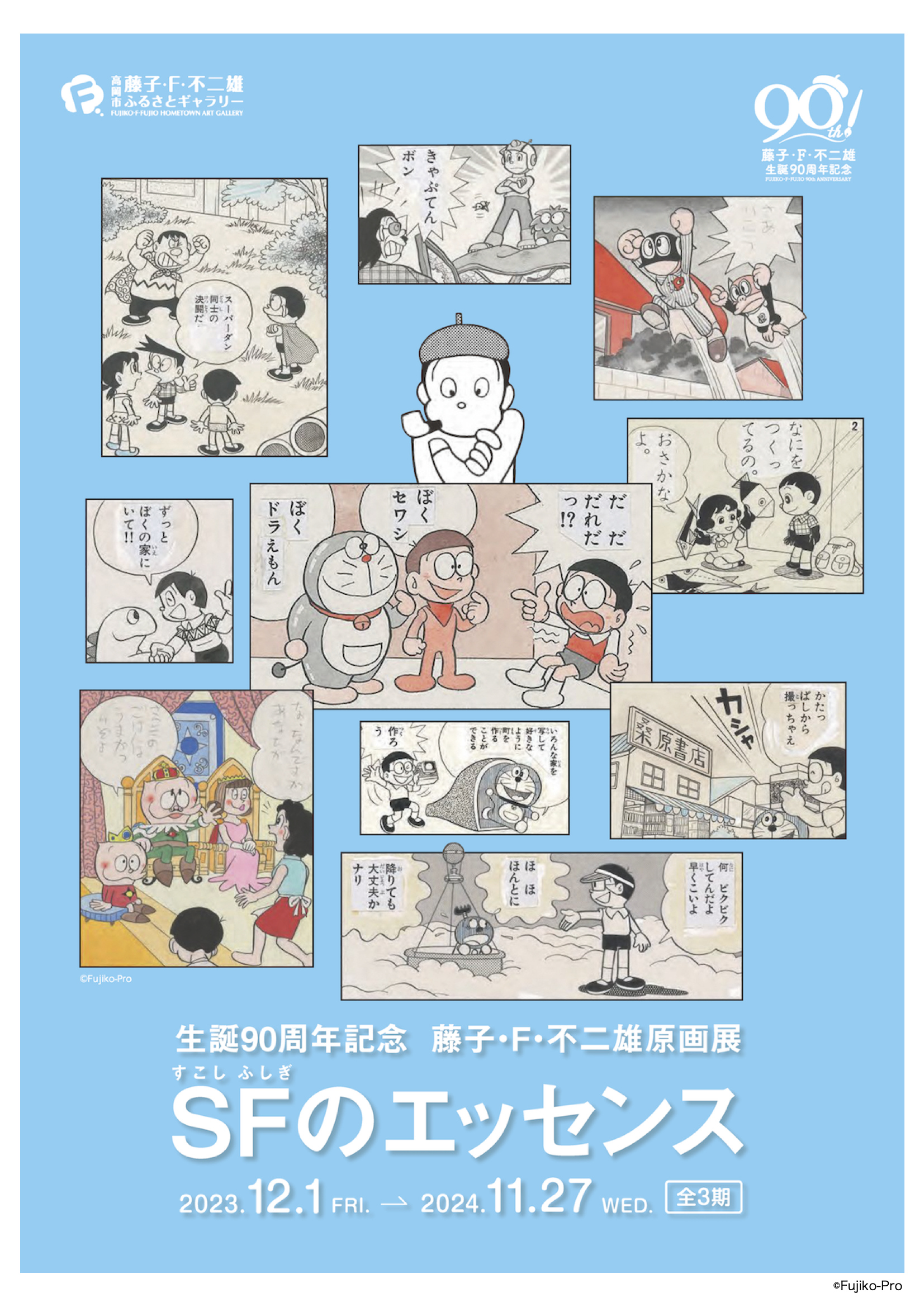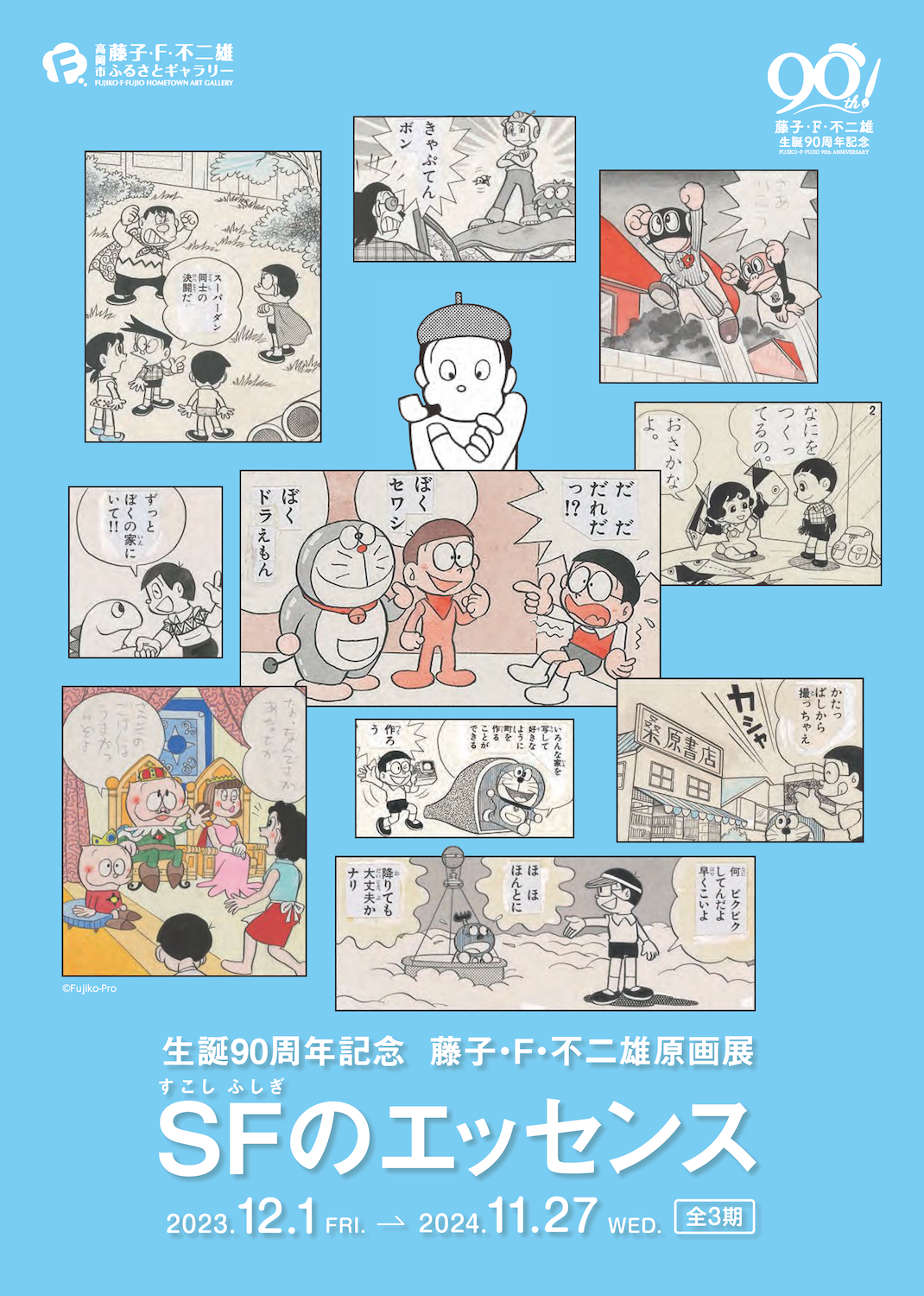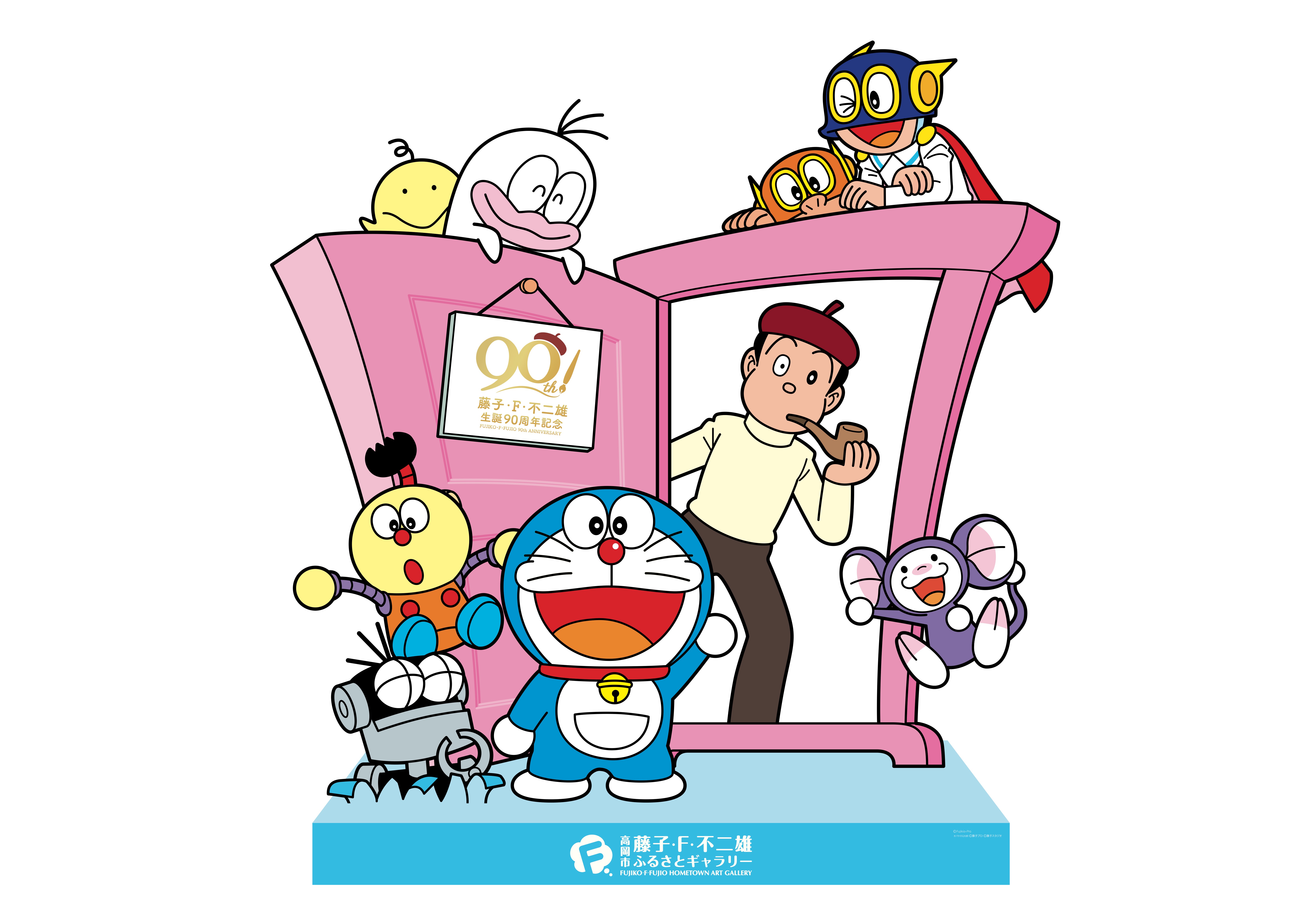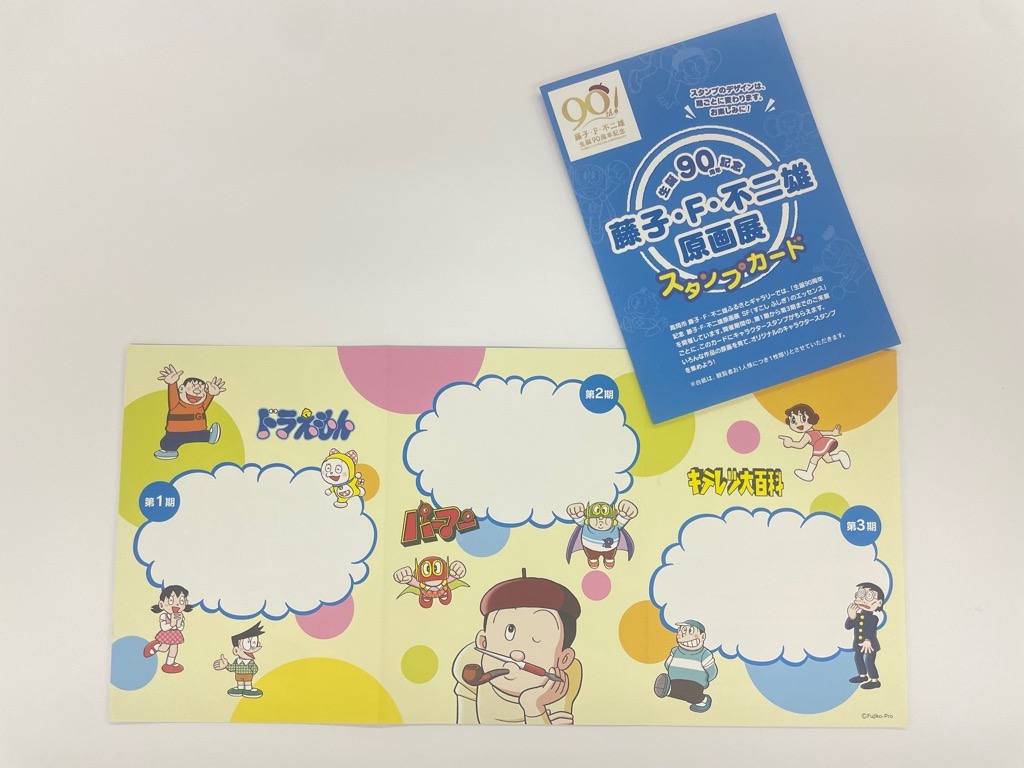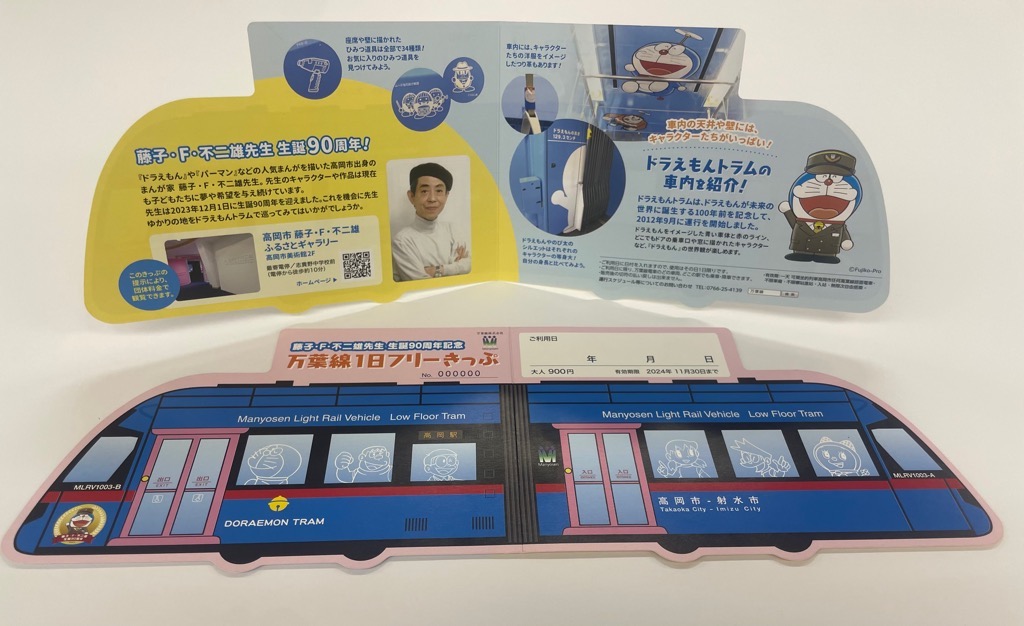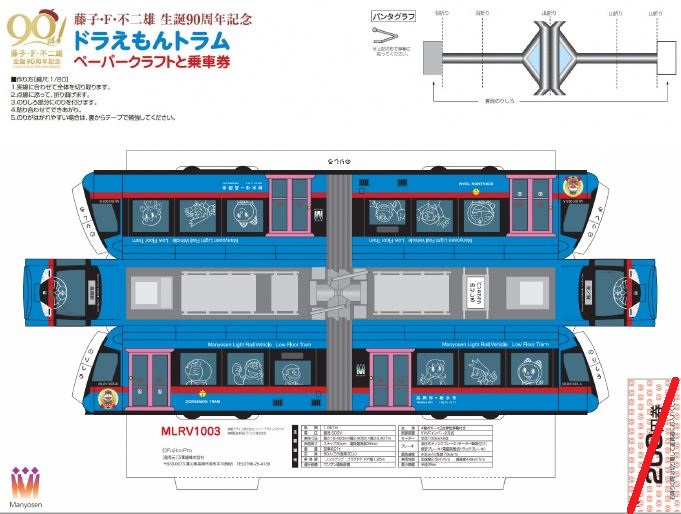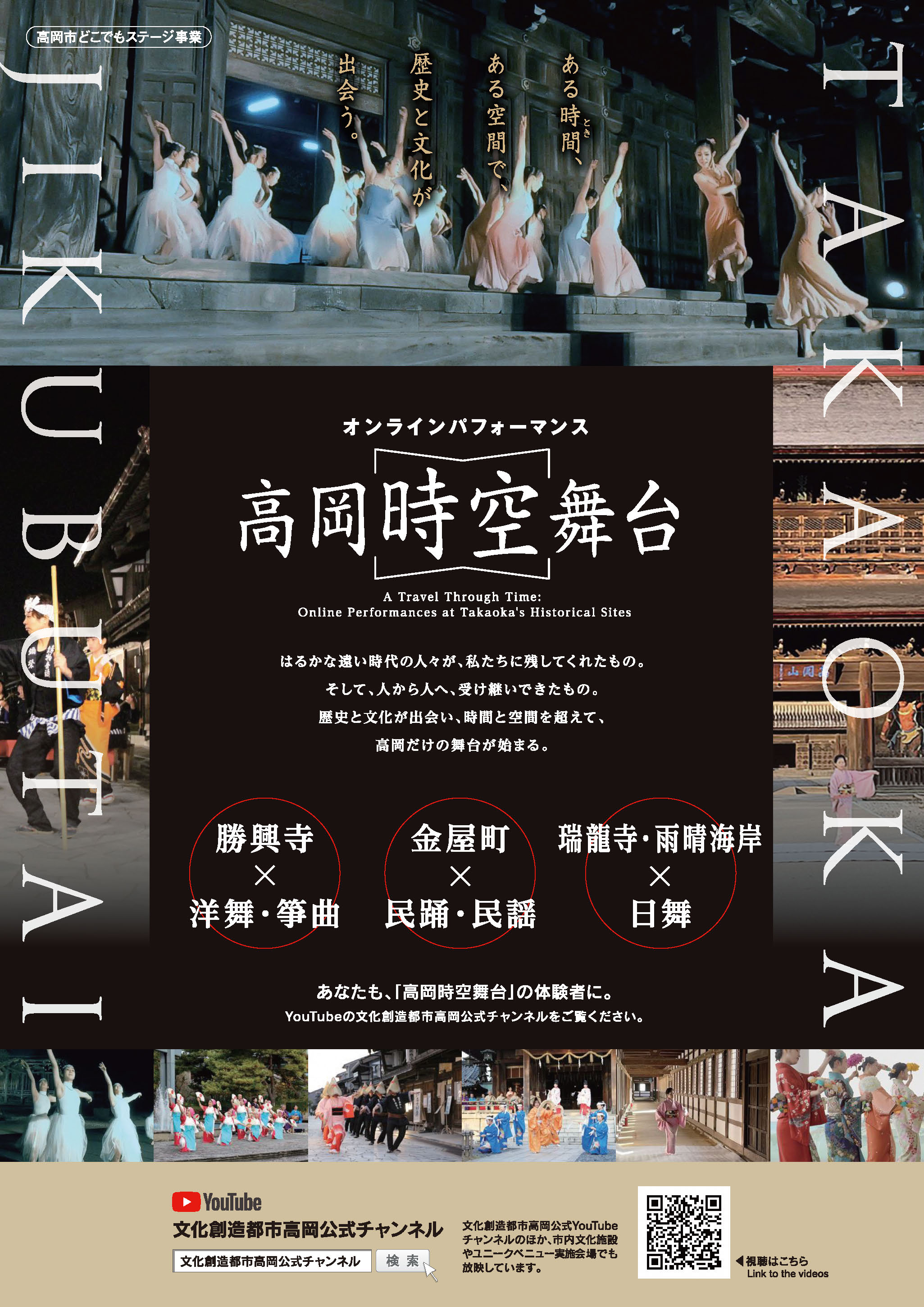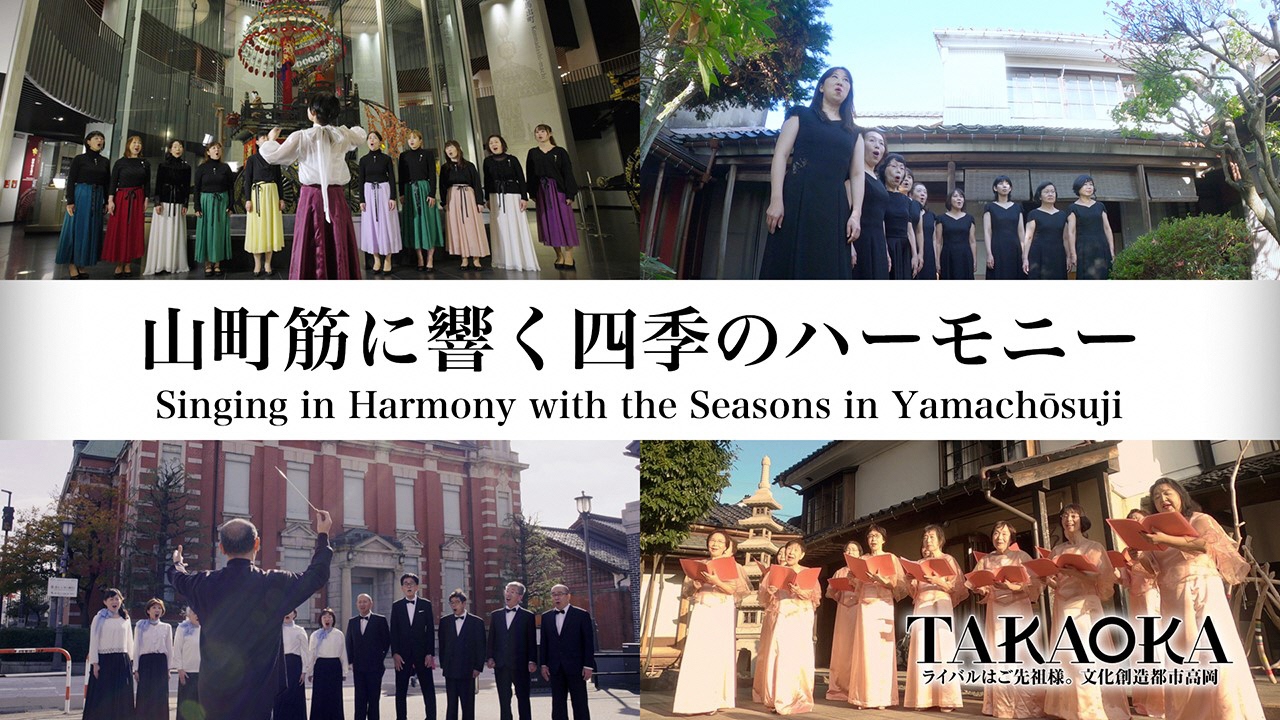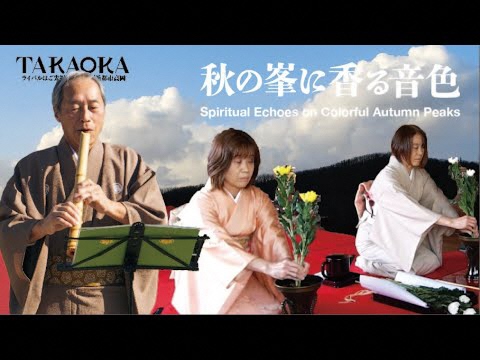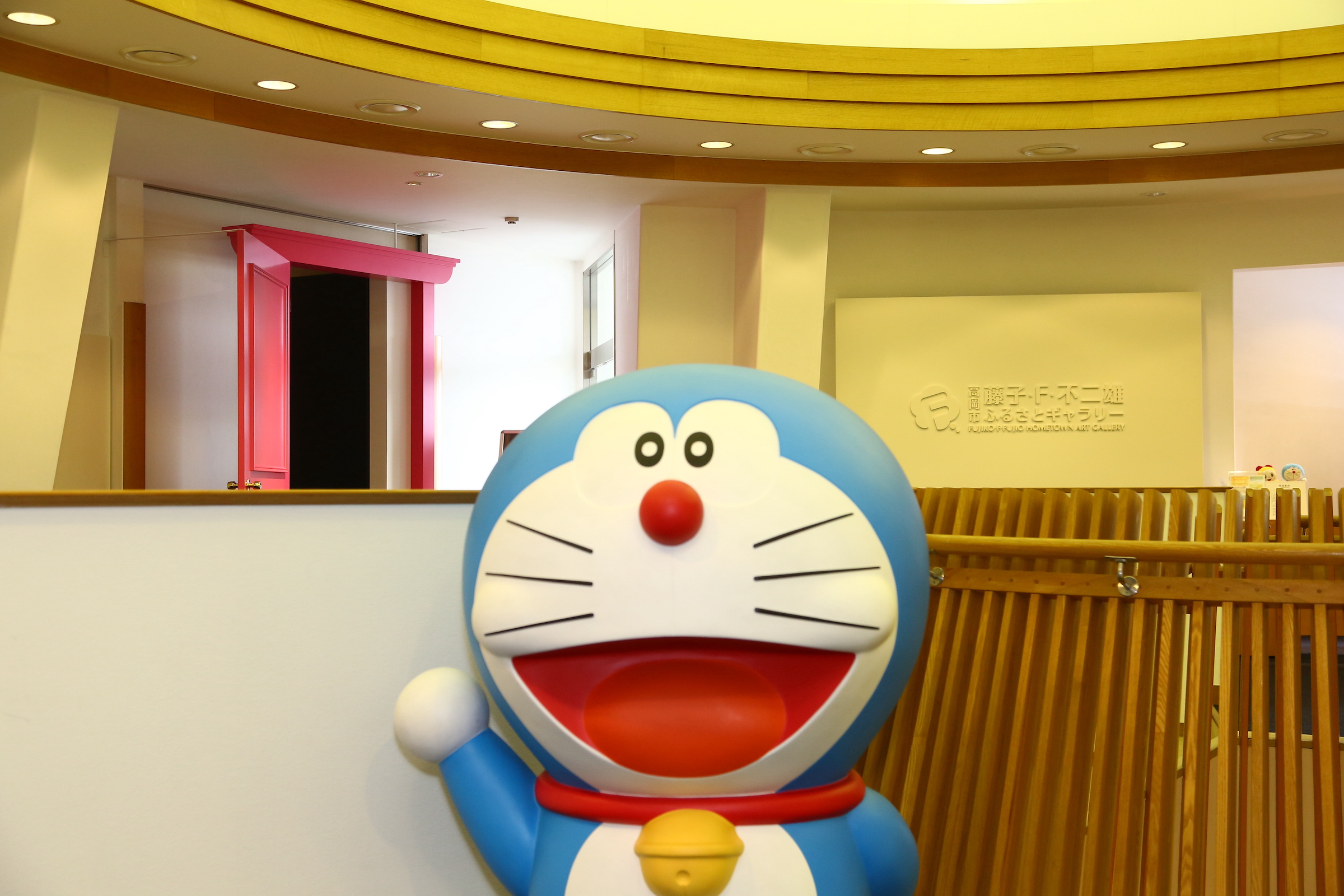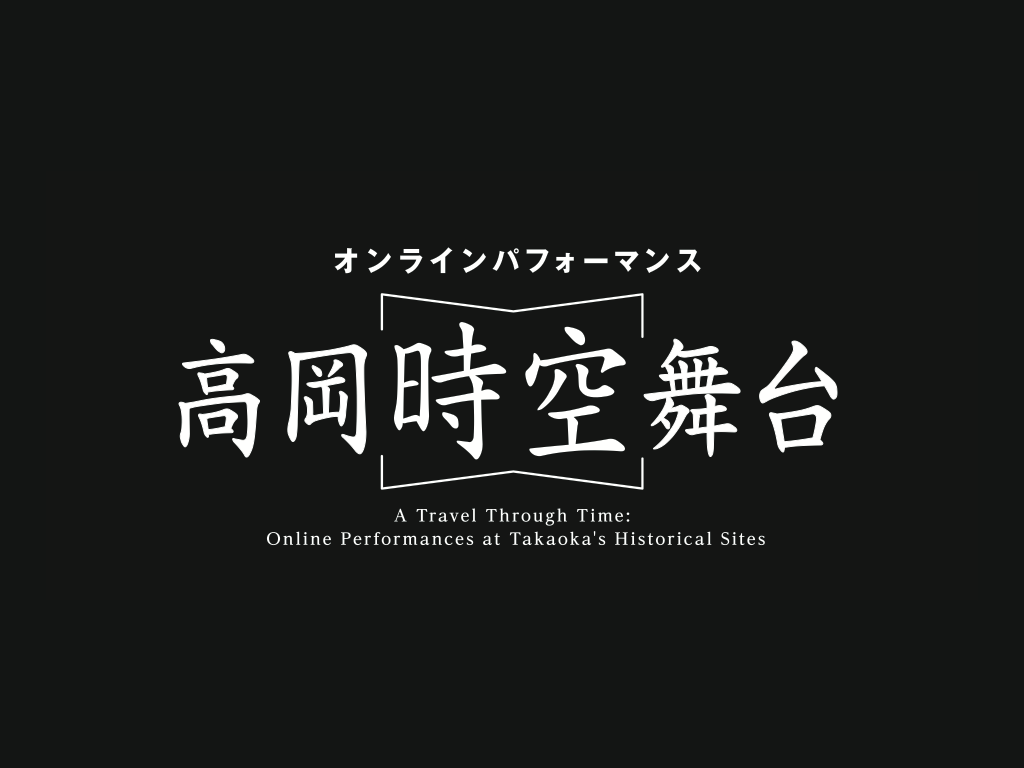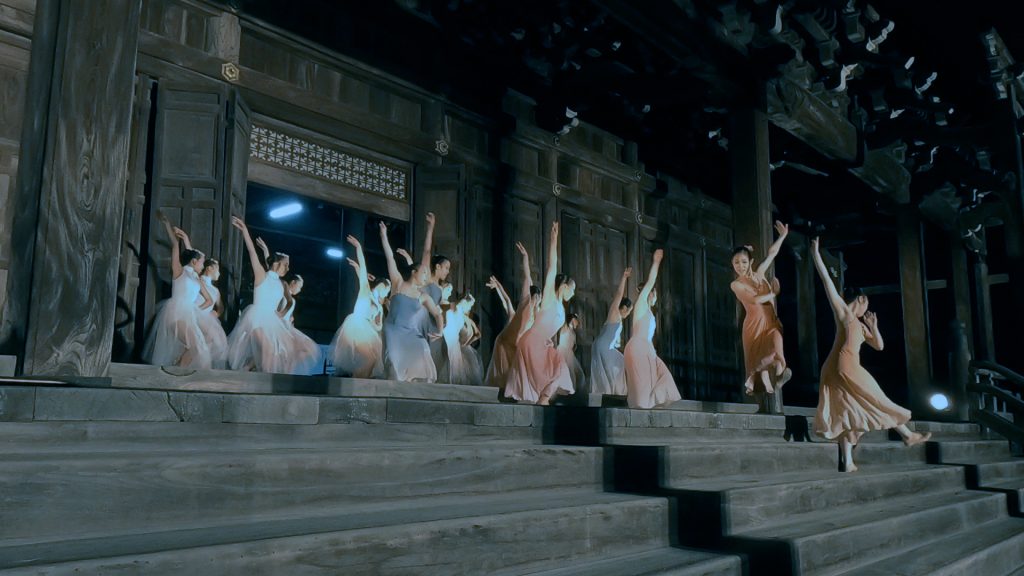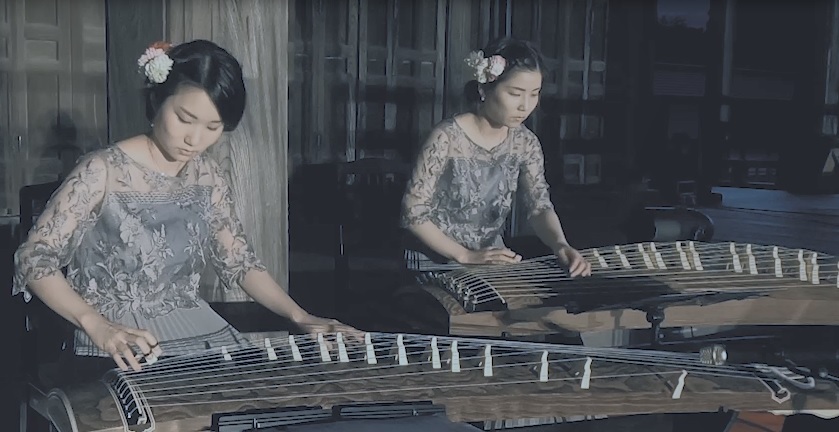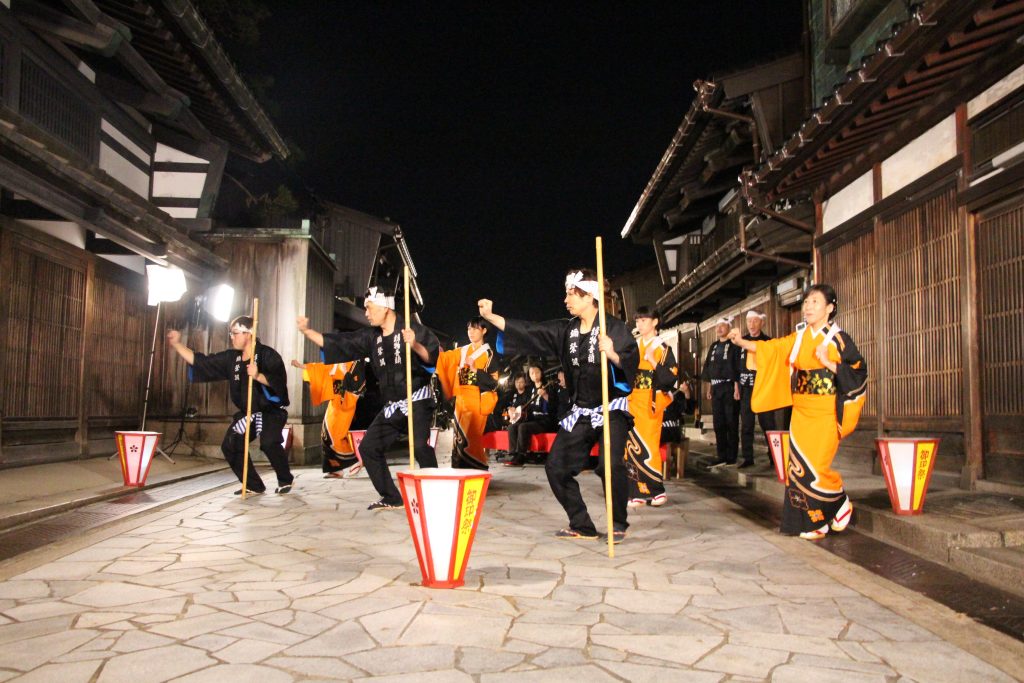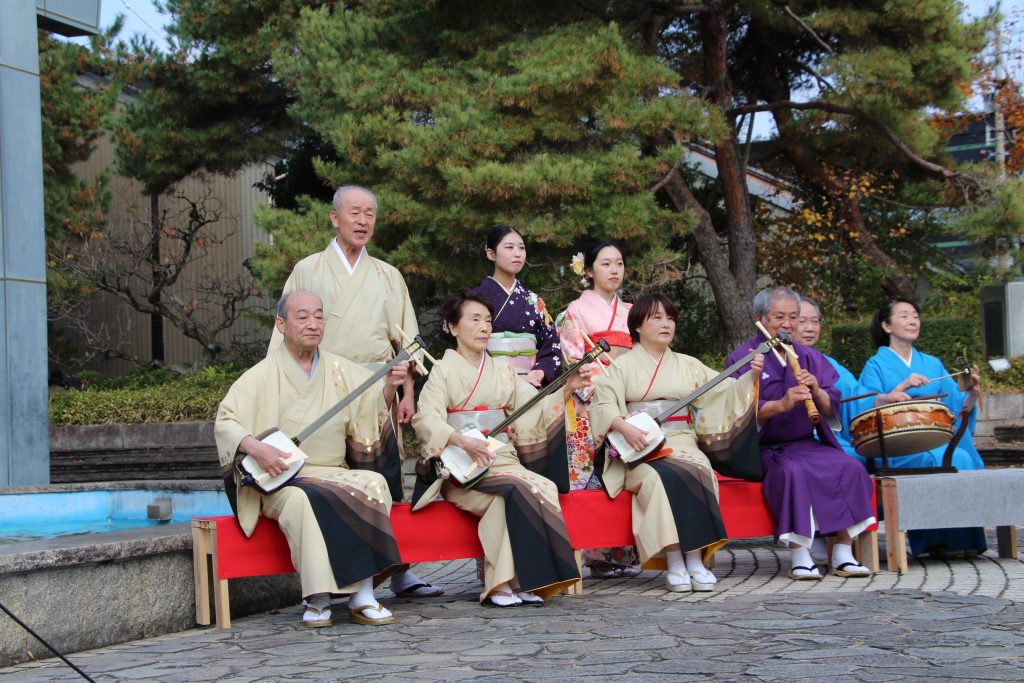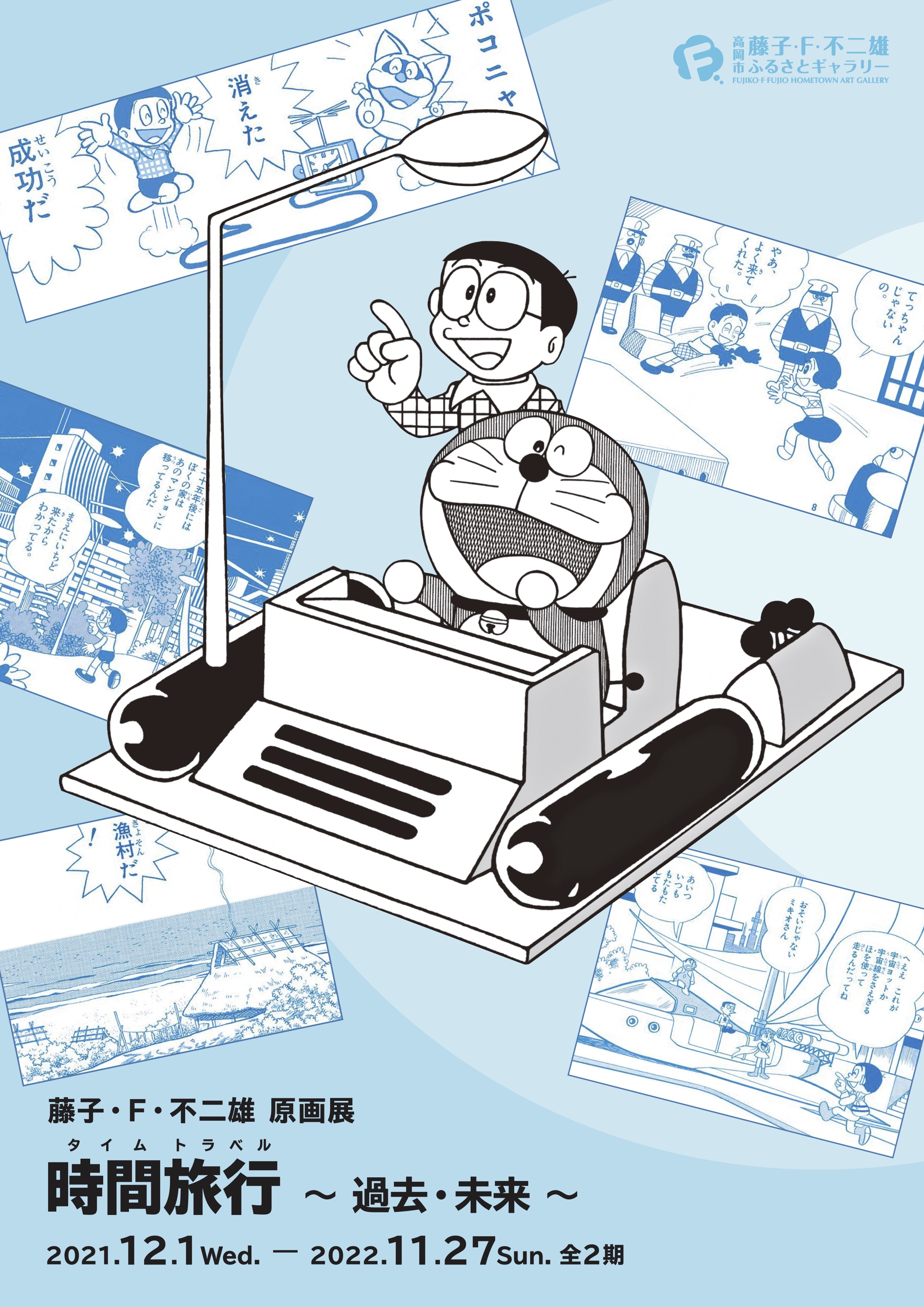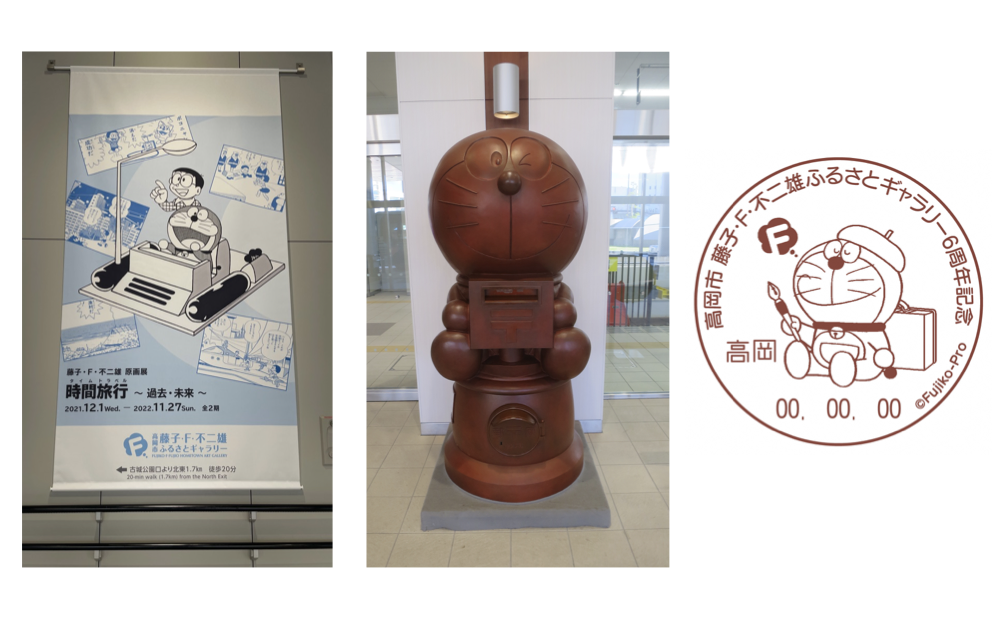The annual autumn craft festival, “Autumn in the Craft City Takaoka,” is held each year in the heart of Takaoka. In 2025, many events will again take place throughout September and October. Here’s an early look at the event dates and some highlights!
From the Otaya area in front of the station, once the domain of a castle town, to the Yamachosuji known for its wealthy merchants who helped advance craft culture, and onward to Kanayamachi, the birthplace of Takaoka’s cast metalwork, Takaoka is truly a city of craftsmanship. Strolling through these historic streets lets you savor everything from long-standing traditions to cutting-edge crafts in depth. Why not take this opportunity to come and visit?
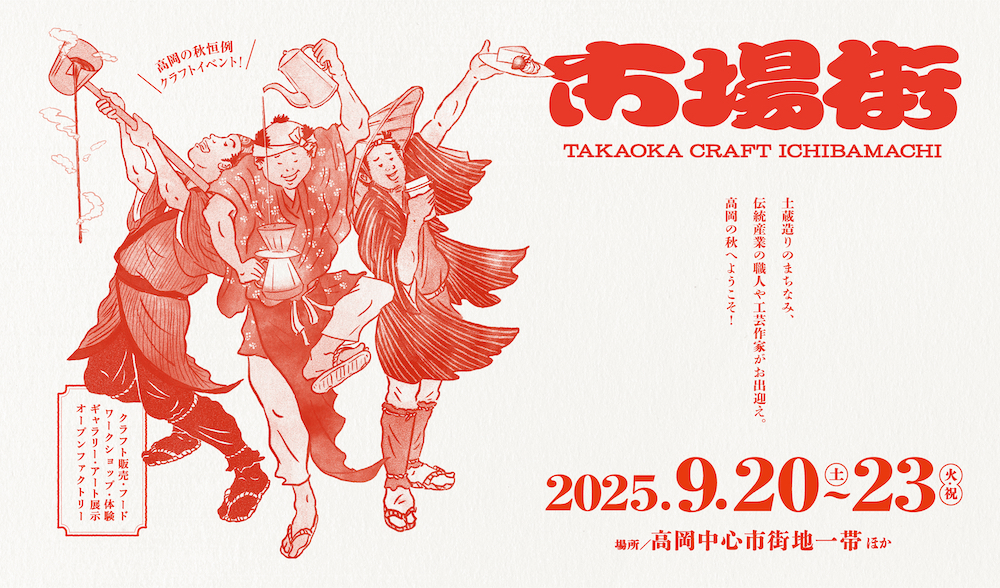
◆Takaoka Craft Ichibamachi
“Ichibamachi” is a comprehensive event where you can experience traditional crafts and contemporary craftwork through exhibitions and sales of craft and art, open factories, and workshops. Now in its 14th year, Ichibamachi has become an autumn tradition in Takaoka. It has also attracted attention from the perspective of community development, having received the Good Design Award in 2022 and the Furusato Event Grand Prize (Prime Minister’s Award) in 2023.
Takaoka Craft Ichibamachi 2025 Event Overview
Dates: Saturday, September 20 – Tuesday (Public Holiday), September 23
Venues: Central Takaoka City and surrounding areas (with a focus on Yamachosuji and the Otaya area)
Official Website: ichibamachi.jp
Official Instagram: @ichibamach
Inquiries: Takaoka Craft Ichibamachi Executive Committee ichibamachi@gmail.com
<Event Highlights>
●MONO-NO-ICHI: A Craft and Food Market
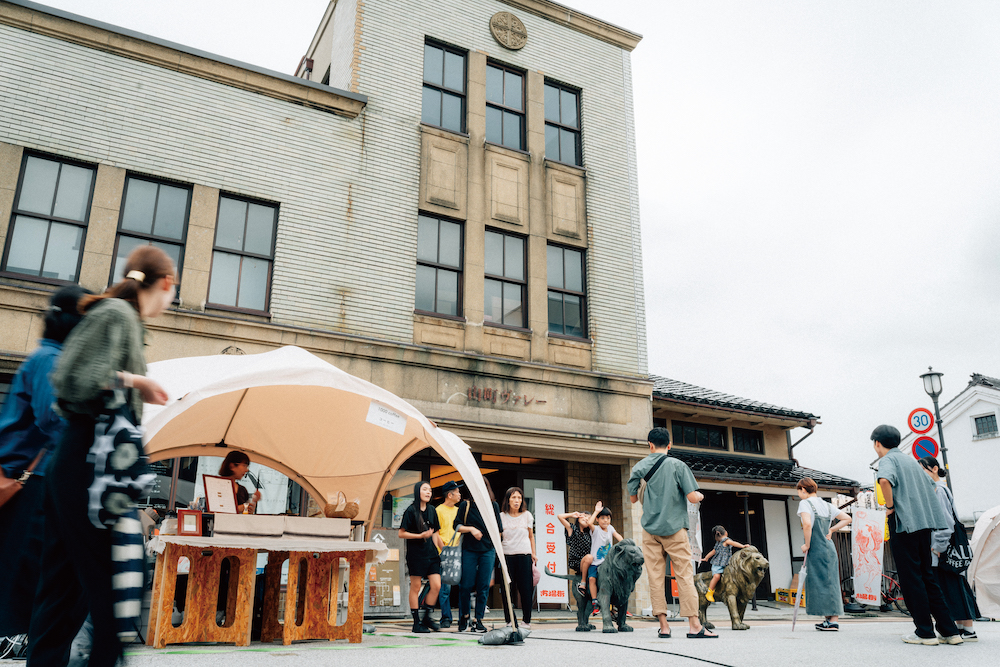
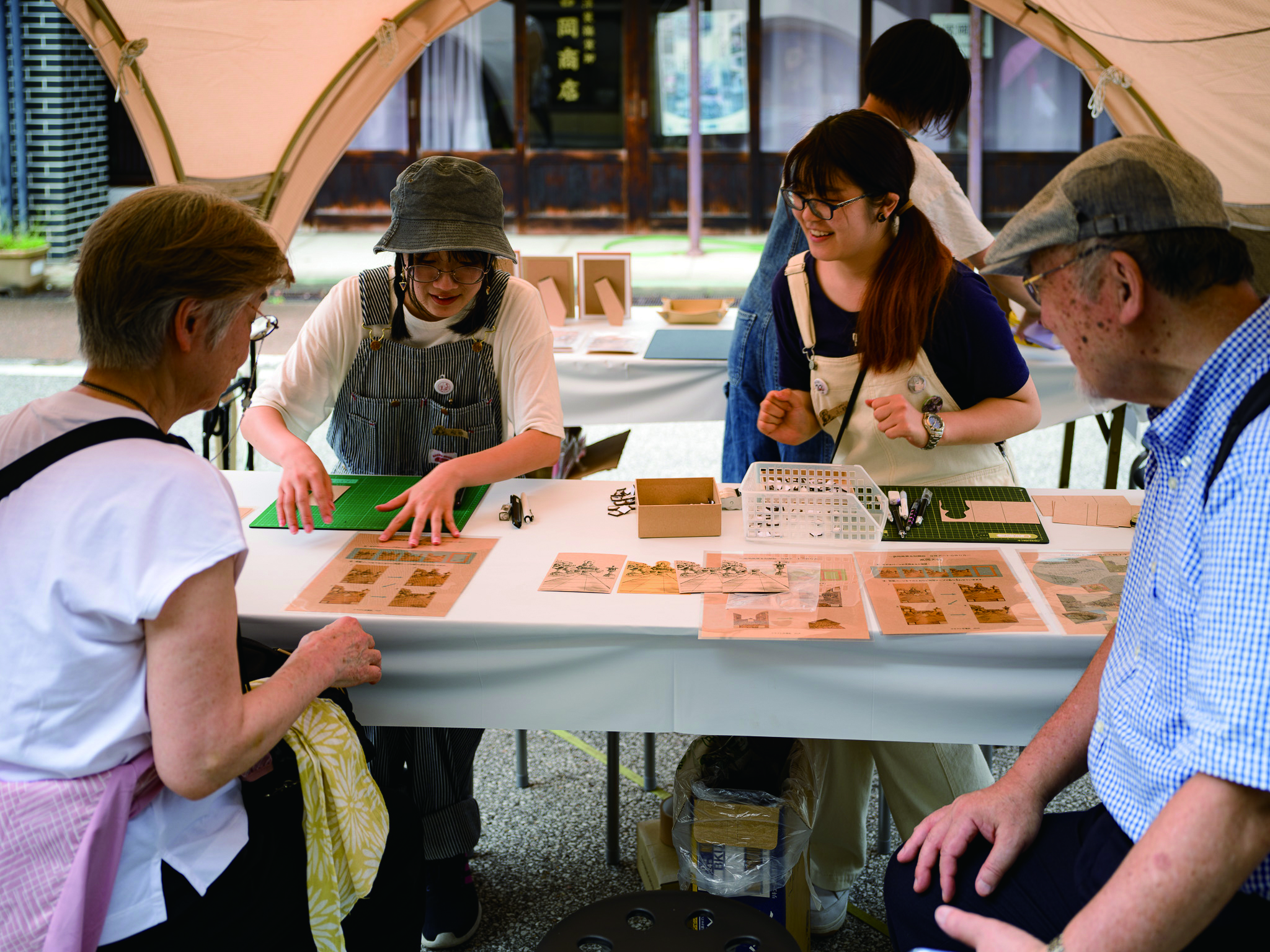
This market features pop-up stores from craft shops, craft-related workshops, and stalls offering drinks and food for daytime sipping. On the event days, the historic Yamachosuji, with its 400-year-old townscape, will become a pedestrian zone and host street events as well.
Dates: Saturday, September 20 and Sunday, September 21
Location: Yamachosuji (East side)
●MISYU-NO-RAN: Ichibamachi Exclusive Food Event
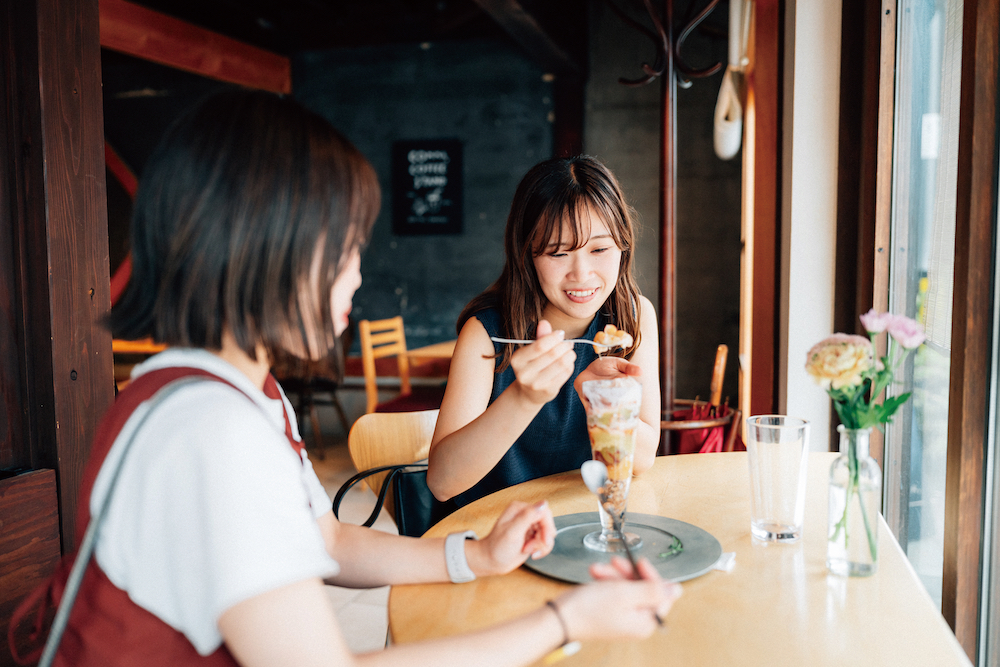
Restaurants in the Yamachosuji will offer new, special menus timed to coincide with “Ichibamachi”. Enjoy this limited-time, one-of-a-kind culinary experience!
Dates: Saturday, September 20 – Tuesday (Public Holiday), September 23
Location: Yamachosuji
●Open Factory: Tours of Traditional Industry Workshops
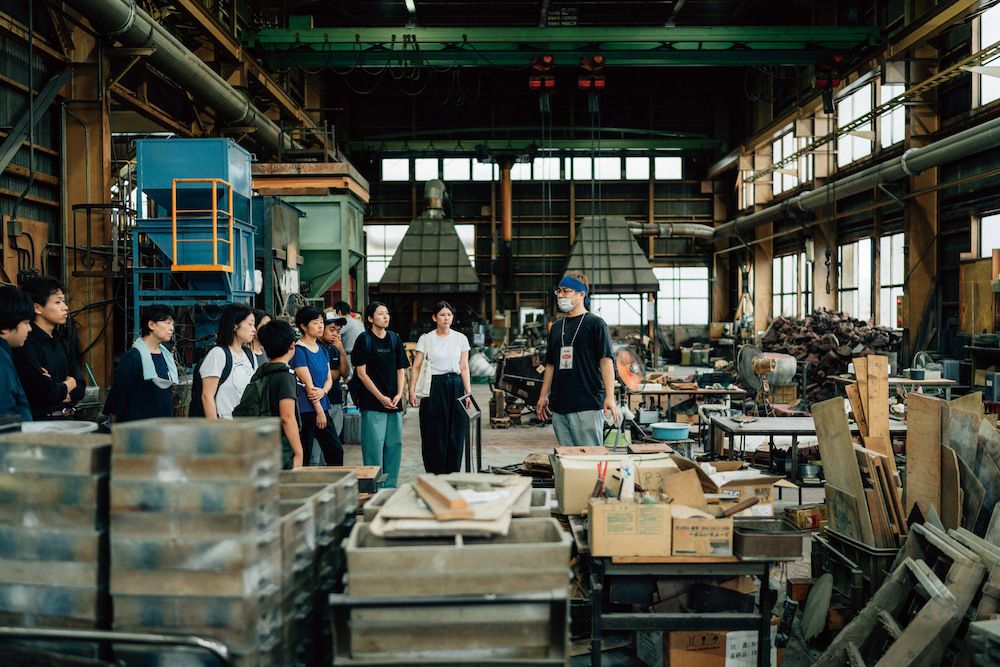
Takaoka is a city where traditional industries continue to be passed down. “Ichibamachi” offers a rare opportunity to visit workshops and factories that are usually closed to the public and watch artisans at work. Bus tours are also planned, and some workshops may be open for visits all day. Please check the official website and Instagram, which will be updated with details!
Dates: Planned mainly for Monday, September 22
Location: Throughout Takaoka City
●TAKAOKA DE SUMU: Art Exhibition by Young Artists
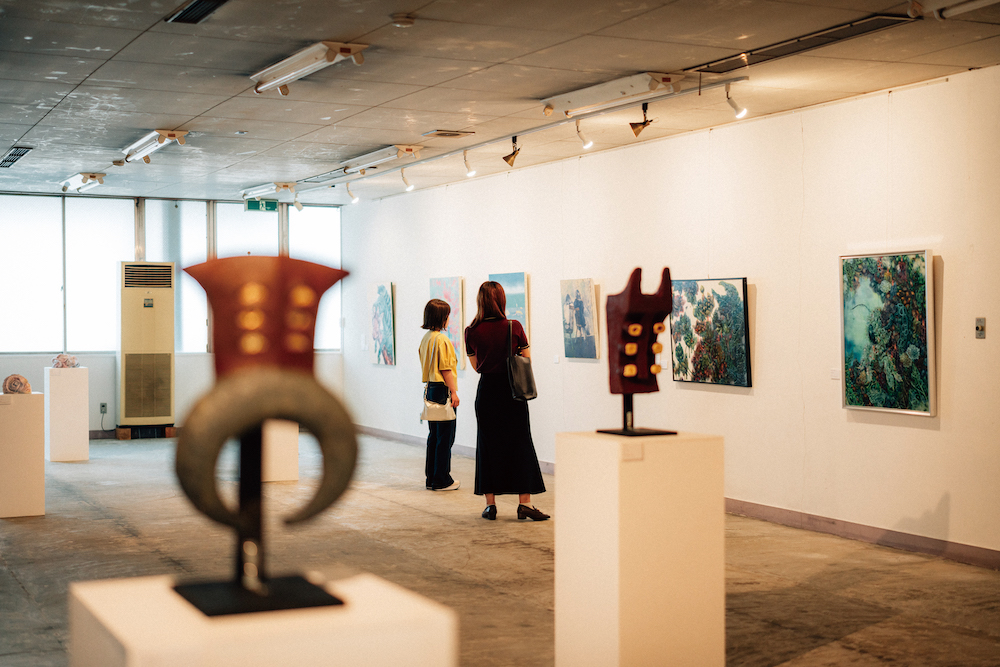
A group exhibition featuring artists with ties to Takaoka. Set across five unique venues, this event offers the chance to leisurely appreciate works by emerging artists.
Dates: Saturday, September 20 – Tuesday (Public Holiday), September 23
Venues: Former ART & FASHION GALLERY Nakamura (Otaya) / 1970 Nissen Building / Ahora Aqui / Takaoka Dozo-zukuri Museum / Piilo
●Shokunin BAR: Chat with Craftsmen Turned Bartenders
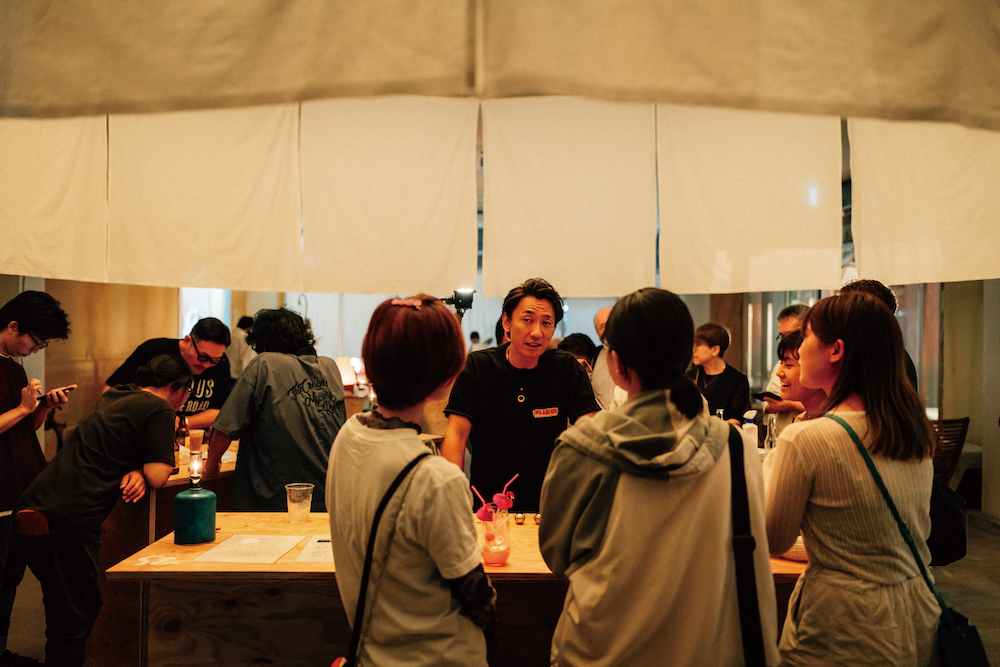
A special evening event that brings extra color to “Ichibamachi” nights is back! During the day, these artisans support Takaoka’s traditional industries on the workshop floor, but for these nights only, they will transform into bartenders. Enjoy lively, in-depth conversations you wouldn’t normally hear while they’re at work!
Dates: Monday, September 22 – Tuesday (Public Holiday), September 23
Venues: Special space on the 1st floor of Leben Takaoka / Sakasaka
Note: Event details are current as of the time of publication. For the latest information and event times, please check the official website (https://ichibamachi.jp).
<Organizer’s Comment>
We’d like to share a message from KUNIMOTO Kotaro, Chair of the Takaoka Craft Ichibamachi Executive Committee:
“The idea for ‘Ichibamachi’ began with a group of volunteers who wanted to boost the ‘Craft Competition in Takaoka’. It started with about four small events, but it has kept growing, and now, with related programs included, it has become an event connecting over 100 venues (as of 2024).
The name ‘Ichibamachi’ carries our hope that it will become a place where people and things meet, sparking new values and connections. We don’t want it to be lively only during the event period, but our goal is to encourage daily life and work in Takaoka to feel more vibrant all year round through constant new initiatives. We hope everyone who visits Takaoka will actively engage with it, too. We also involve local Toyama University in planning and preparation as a project-based class, and our volunteer team, the ‘Ichibamachi Cast’, includes students from universities all over Japan. Some people have even moved here or gotten married after participating.
These days, overtourism is becoming a problem in many Japanese tourist destinations, but Takaoka has a relaxed pace, a traditional atmosphere, and is a very comfortable place to stay. It’s not an artificial tourist spot, but a real town where people actually live their daily lives. I’d be delighted if visitors could truly feel that authentic charm.”
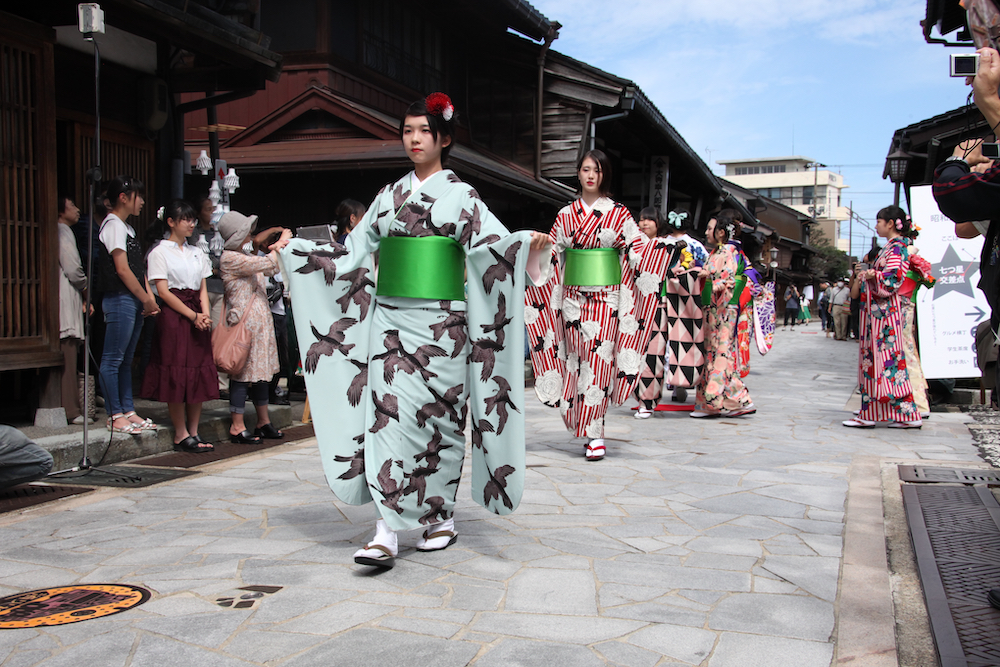
◆Mirare Kanayamachi
“Mirare Kanayamachi” is an event where you can experience “Kanayamachi,” Takaoka’s birthplace of cast metalwork, lined with traditional townhouses featuring lattice facades, up close and in person.
Over two days, you’ll get to know, see, and fully experience the charm of Kanayamachi. Activities include: a hands-on town-walking program where you stroll along the stone-paved streets and record your favorite spots on a scale model of Kanayamachi; interactive workshops taught directly by artists and craftspeople; tea gatherings with local residents; exhibitions and sales of craftworks; a gourmet alley featuring local specialties; and even a kimono fashion show.
Mirare Kanayamachi 2025 Event Overview
Dates: Saturday, September 20 and Sunday, September 21
Venue: Around the Kanayamachi Stone-Paved Street
Official Website: www.mirare-kanayamachi.com
Inquiries: Mirare Kanayamachi Executive Committee mirarekanayamachi@gmail.com
Takaoka City Commercial Employment Division: 0766-20-1289
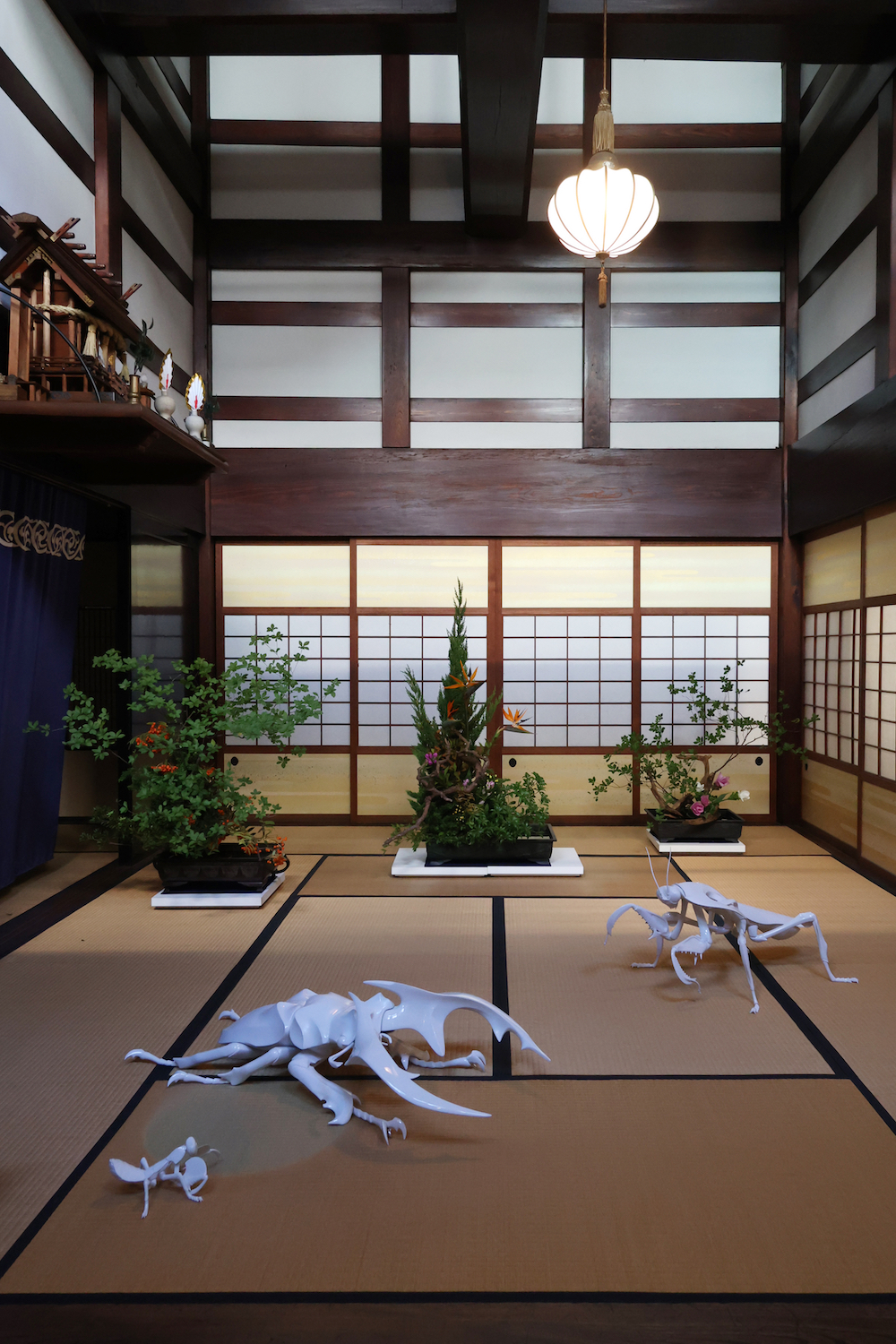
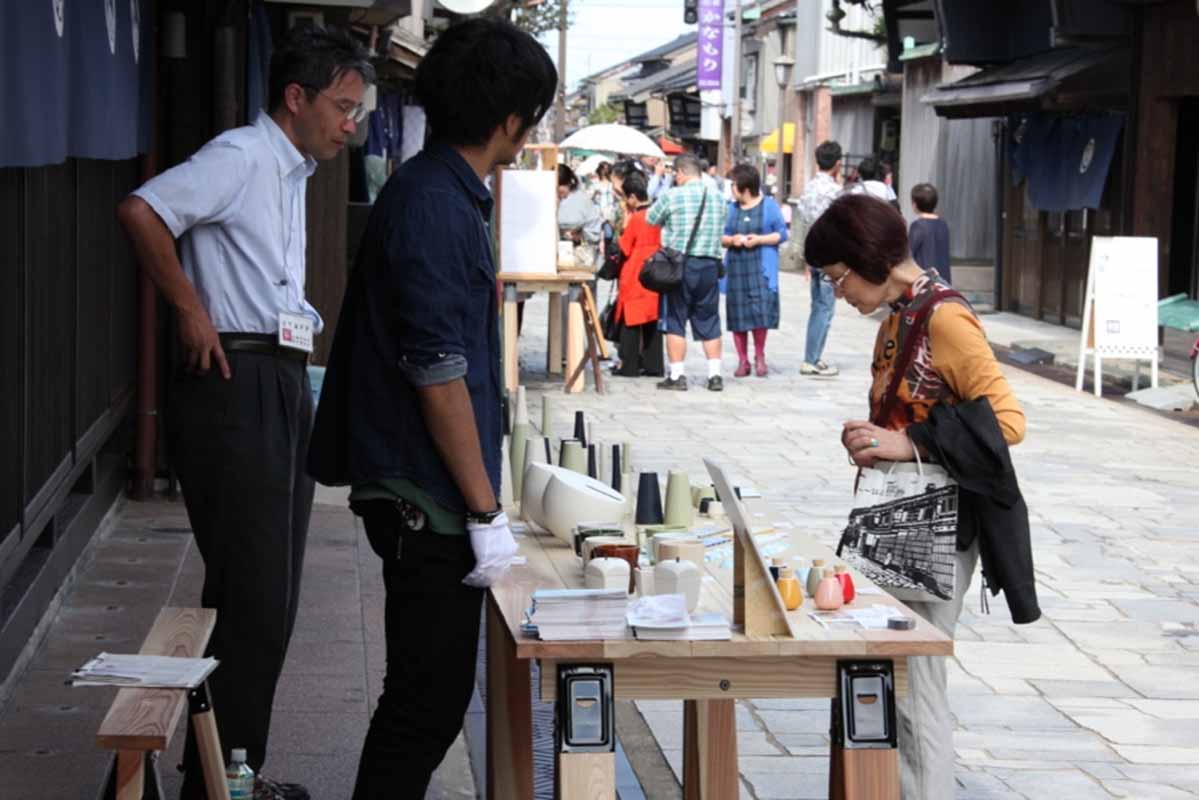
<Organizer’s Comment>
We’d like to share a message from YOKOYAMA Tenshin, Associate Professor in the Faculty of Art and Culture, Academic Research Division, University of Toyama, and Vice Chair of the Mirare Kanayamachi Executive Committee:
“Since 2008, we had been holding ‘Kanayamachi Rakuichi in Samanoko,’ an event that treated Kanayamachi as a ‘zoned museum’ for displaying craftworks. When we reached its 10th edition, we decided we wanted to make it something more connected to the town itself and contribute more directly to community development. That’s how ‘Mirare Kanayamachi’ started in 2018.
‘Mirare’ is a local dialect term meaning ‘please try [doing something].’ We came up with both the concept and the name of the event through workshops with local residents.
Beyond the event itself, we’ve also produced things like ‘Mousou 01–04,’ which introduced vacant houses and their reuse examples; the ‘Kanayamachi Life Map,’ highlighting attractive spots from the residents’ perspective; and ‘Ishidatami DM,’ which compiles interviews with earlier newcomers. These projects have all helped promote relocation to Kanayamachi.
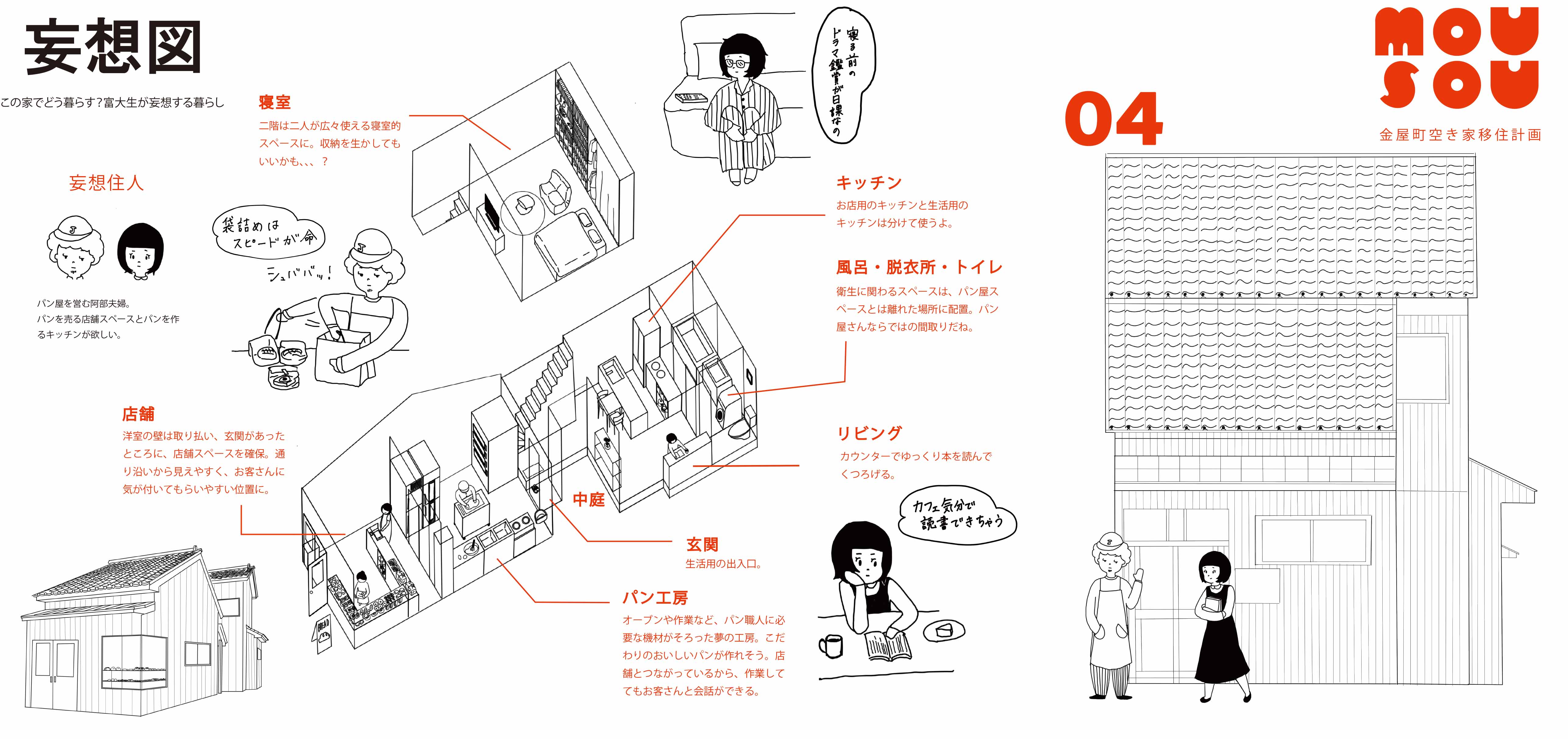
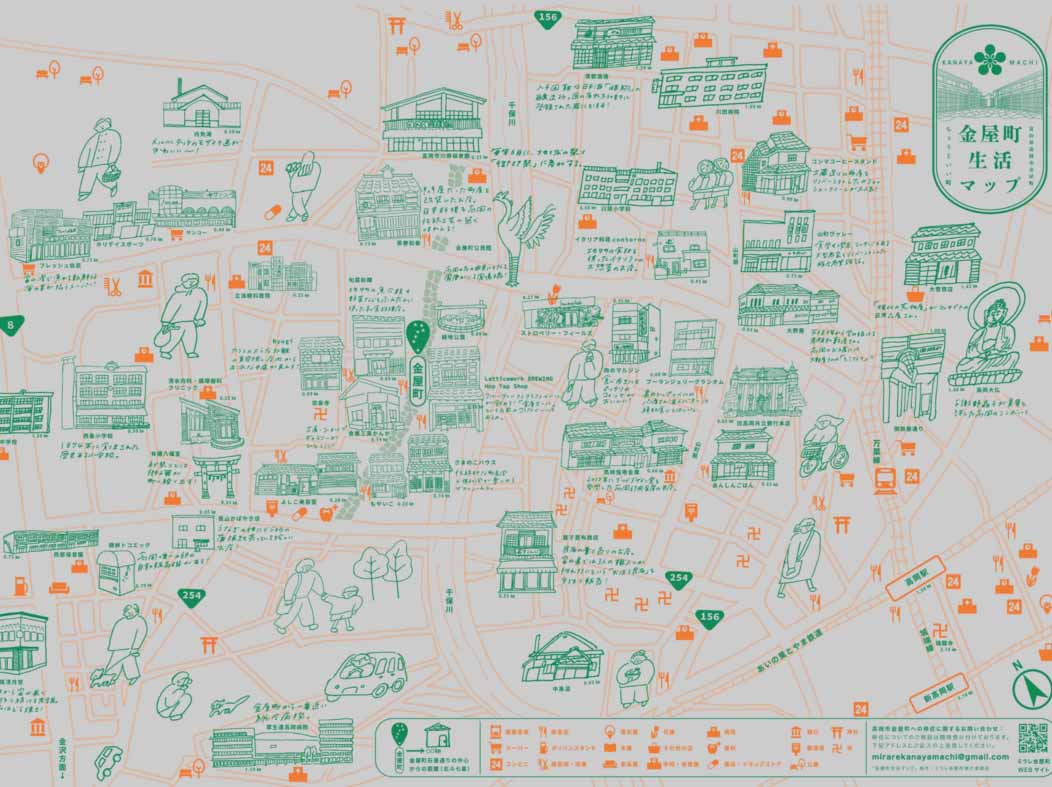
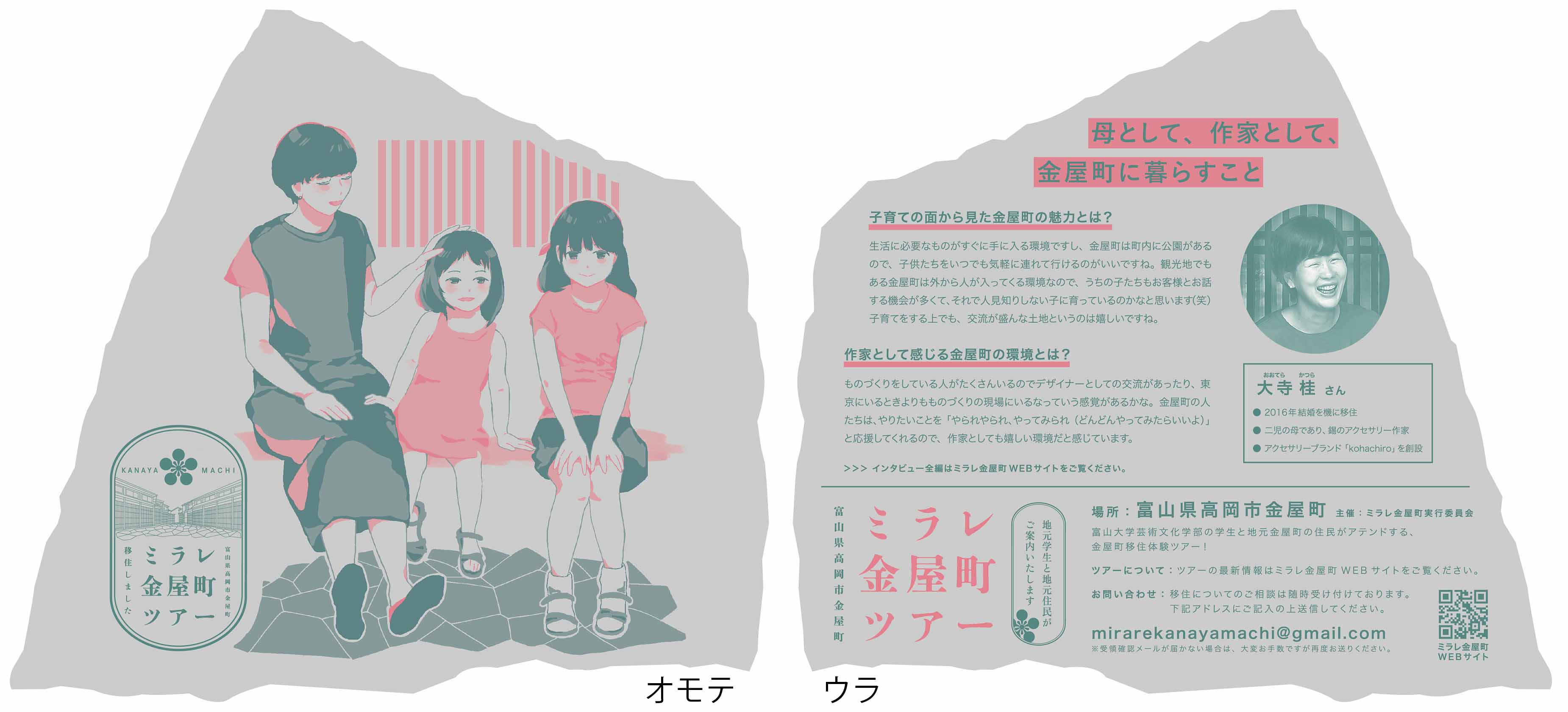
Highlights of Mirare Kanayamachi include the kimono fashion show, craft exhibitions, and the ‘chat-over-tea’ space where local residents welcome visitors with tea and sweets. One especially recommended experience is enjoying a stroll in traditional Japanese attire. On the day of the event, you can rent a complete kimono set without a reservation and have it put on right there. I hope visitors will take this chance to experience the charming lifestyle of Kanayamachi and feel as if they’ve stepped back in time.”
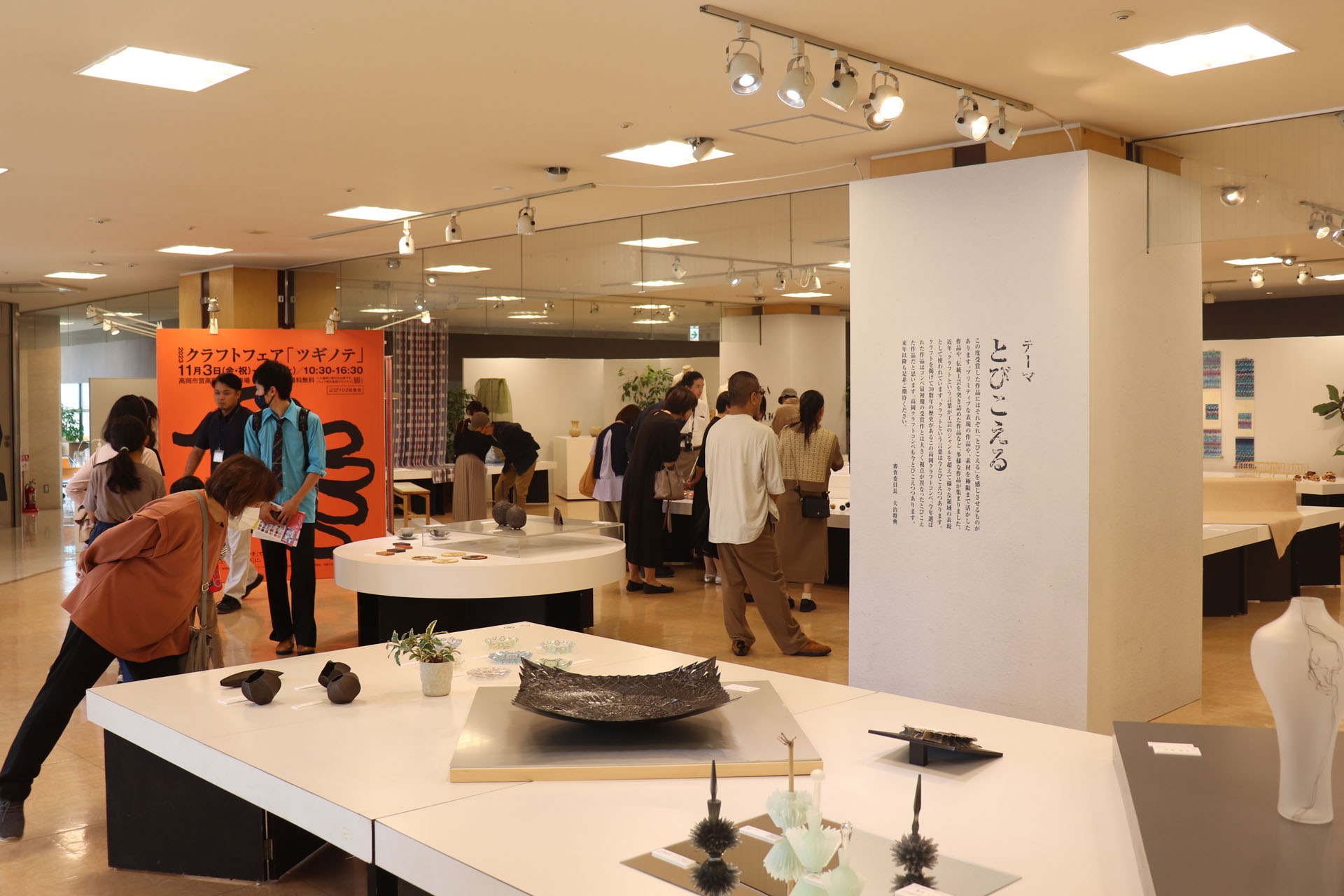
◆Takaoka Craft Exhibition 2025
A comprehensive exhibition showcasing outstanding works by artisans from across Japan. Since its launch in 1986, the “Craft Competition in Takaoka” has been a unique, locally organized open-call exhibition with no restrictions on materials or function, helping to discover many young talents and artists over the years.
This exhibition will bring together a wide variety of works from all over Japan, including metalwork, lacquerware, glass, textiles, and furniture. You can even place a reservation order to purchase your favorite pieces.
Additionally, this year there are plans to hold an exhibition in Tokyo as well, introducing works and artists discovered through the competition. Don’t miss this chance to encounter exceptional pieces that showcase the beauty of their materials.
Takaoka Craft Exhibition 2025 Event Overview
<Takaoka Venue>
Dates: Friday, October 17 – Sunday, October 19
Venue: Otaya Serio 2nd Floor Special Venue (101 Otaya-machi, Takaoka City)
<Tokyo Venue>
Dates: Thursday, December 18 – Saturday, December 27
Location: GOOD DESIGN Marunouchi (1F, Shin-Kokusai Building, 3-4-1 Marunouchi, Chiyoda-ku)
Official Website:www.ccis-toyama.or.jp/takaoka/craft
Official Social Media:
Instagram:@takaoka_craft
Facebook:https://www.facebook.com/takaoka.craft/
X:https://x.com/crafttakaoka
Inquiries: Craft City Takaoka Craft Competition Executive Committee takaoka.craft@gmail.com
Inside Takaoka Chamber of Commerce and Industry: 0766-23-5002
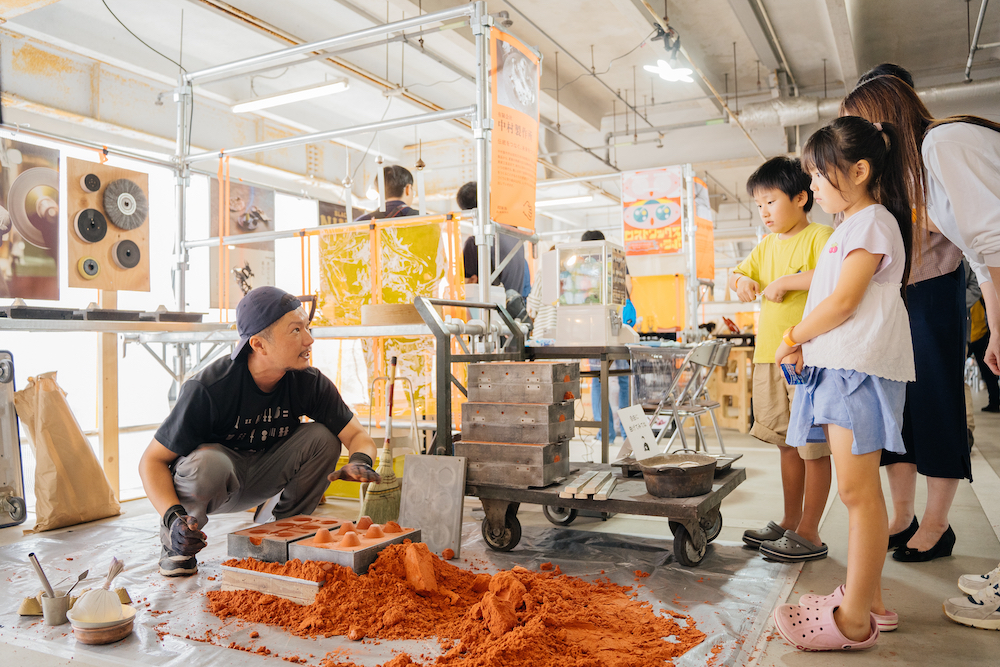
◆Craft Fair Tsuginote
A craft fair focused on production regions, bringing together craft artists and makers from all over Japan in one place. In addition to markets and exhibitions, there will be workshops, food, music, and a kids’ area, all gathered on the top floor of the multi-story parking structure in front of Takaoka Station. Enjoy two days of fun with panoramic views of the city. The new connections and ideas born among those who create, use, and link things will become each participant’s own “Tsuginote”.
Craft Fair Tsuginote 2025 Event Overview
Dates: Saturday, October 18 – Sunday, October 19
Venue: Top Floor, Takaoka Municipal Central Multi-Story Parking Garage (6-11 Shimozeki-machi, Takaoka City)
Official Website:tsuginote.jp
Official Instagram:@tsuginote_craft
Inquiries: Tsuginote Executive Committee tsuginote.craft@gmail.com
● Industrial and Craft Expo Area
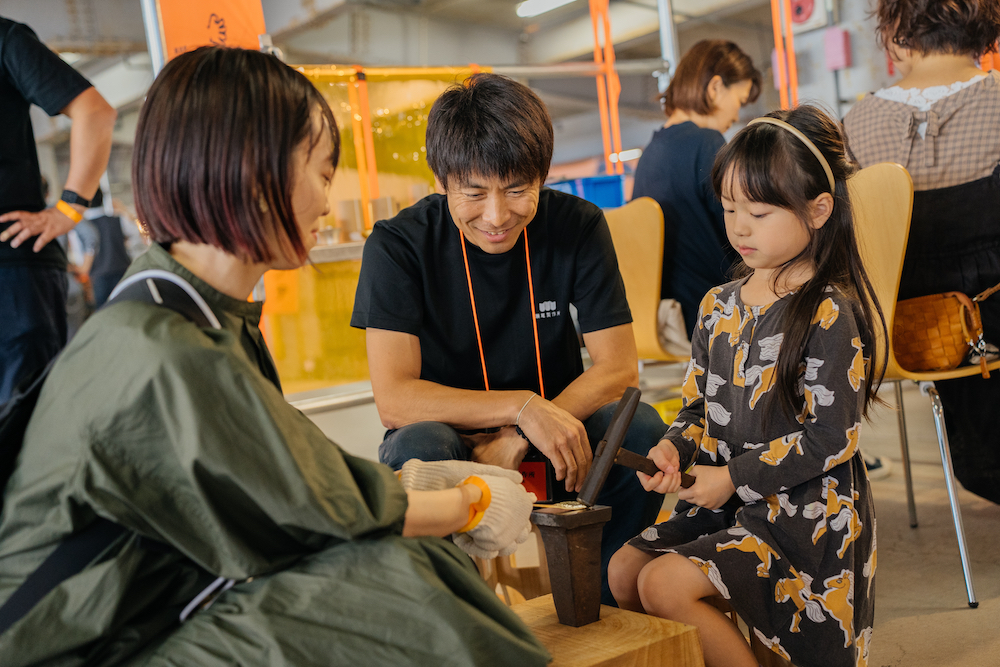
A special zone featuring industrial exhibition booths where manufacturers and artisans share their stories and offer hands-on experiences.
● Market & Craft Area
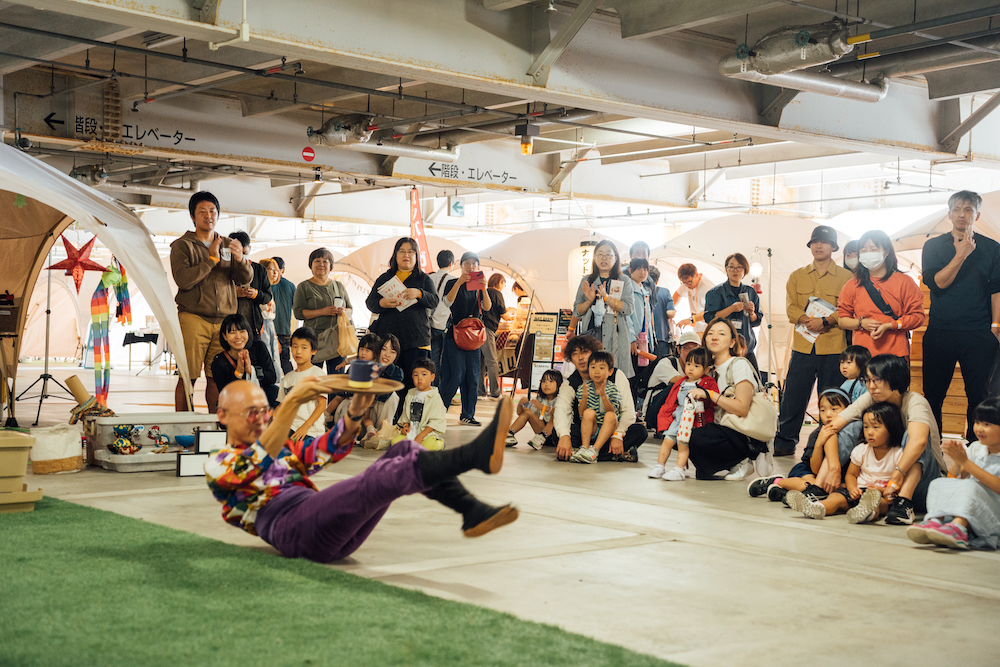
A market where creators from all over Japan gather, offering opportunities to meet and connect with the makers themselves. Food vendors will also be on-site, so you can relax and enjoy the whole day. There’s also a kids’ area where children can unwind (photo is for illustration purposes).
<Organizer’s Comment>
We’d like to share a message from HANEDA Jun of STUDIO ROLE, Representative of the Tsuginote Executive Committee:
“Tsuginote is a new type of festival that brings together people involved in manufacturing and craftsmanship from both inside and outside Toyama Prefecture. By showing each other their techniques and work, they can build new relationships and strengthen the production region as a whole. While open factories (which open workshops and factories to visitors) are the mainstream in today’s industrial tourism, there was a challenge because the more businesses that participate, the harder it becomes for visitors to see them all. This event solves that by having each exhibitor bring their ‘work’ into a single location, with booths about the size of one tsubo (approximately 3.3 m²), so visitors can see everything in one place.
Even visitors who aren’t involved in craftsmanship can experience the work firsthand through workshops and talk directly with artisans, letting them discover the appeal of craftsmanship that they wouldn’t usually get to see.
A key feature of this event is that exhibitors can showcase their ‘techniques’ even if they don’t have their own finished products. People in the manufacturing industry can look for potential partners by seeing these displays. In fact, collaborations between exhibitors have already emerged. And it’s not just connections within the same industry. It’s expanding to cross-industry collaborations, such as between the textile sector and Takaoka’s traditional industries.
This time, we’re hoping to welcome more families, so we plan to expand the kids’ area. We’re working with local high school students to create craft corners where children can enjoy making things, and planning spaces where they can create using factory offcuts and scrap materials.
With ‘Tsuginote,’ we want to help our production region grow through ‘this approach, that approach, and the next approach.’”
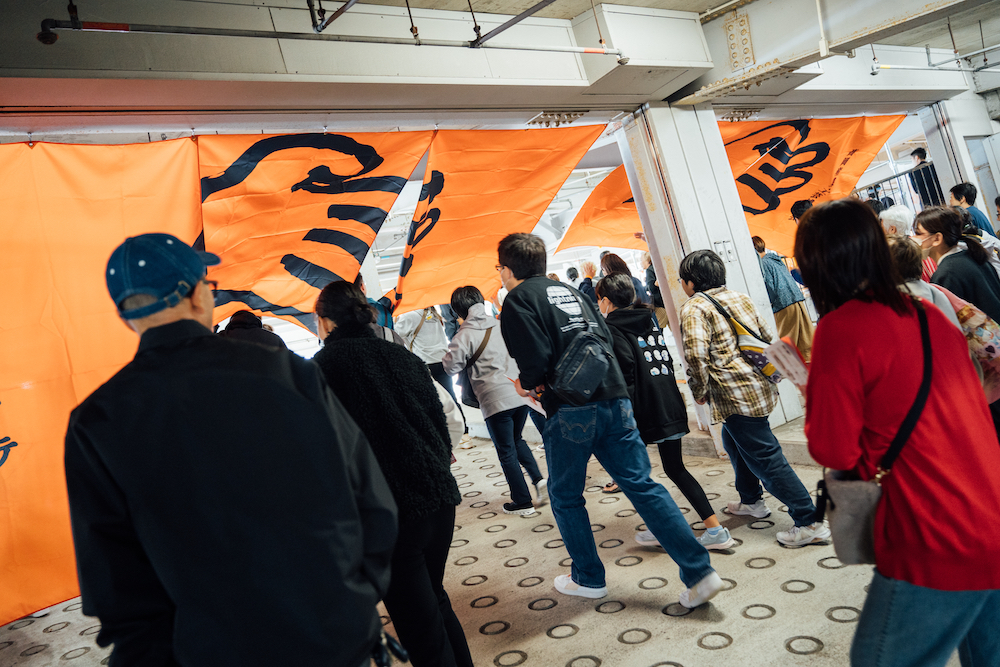
How about taking a journey where you can stroll leisurely through Takaoka’s traditional streets while discovering the vibrant appeal of its innovative craftsmanship? You’re sure to find unexpected new encounters waiting for you.

